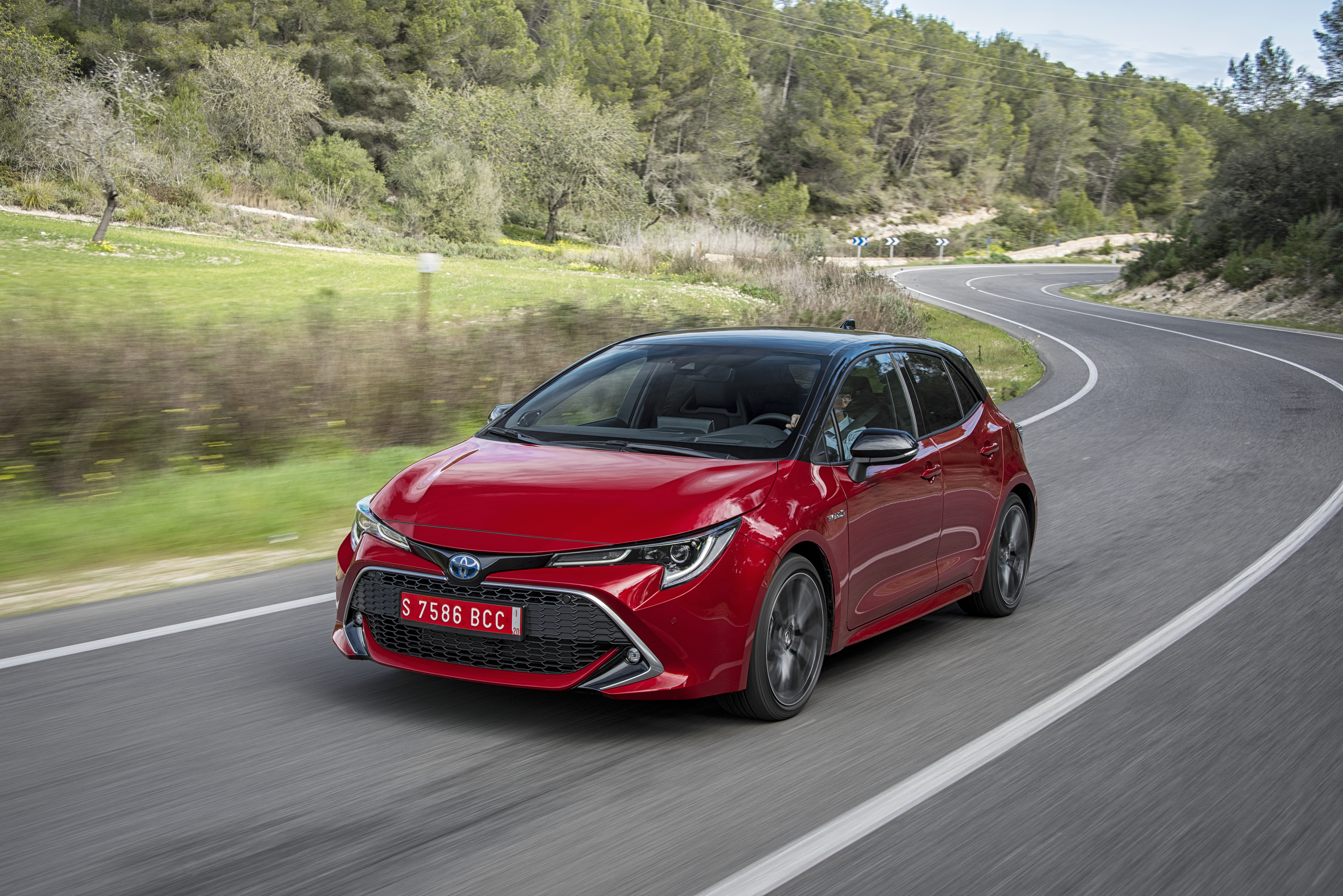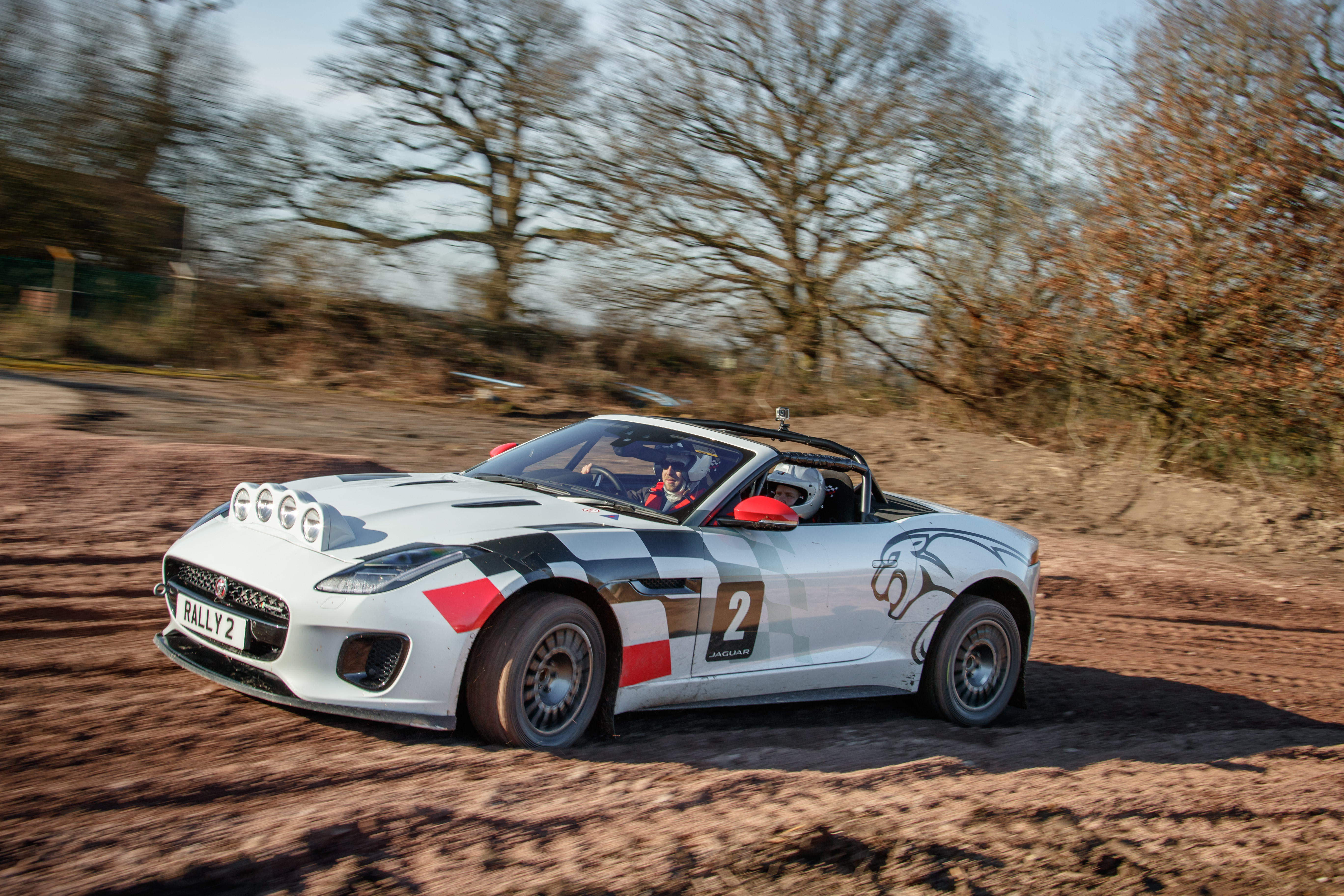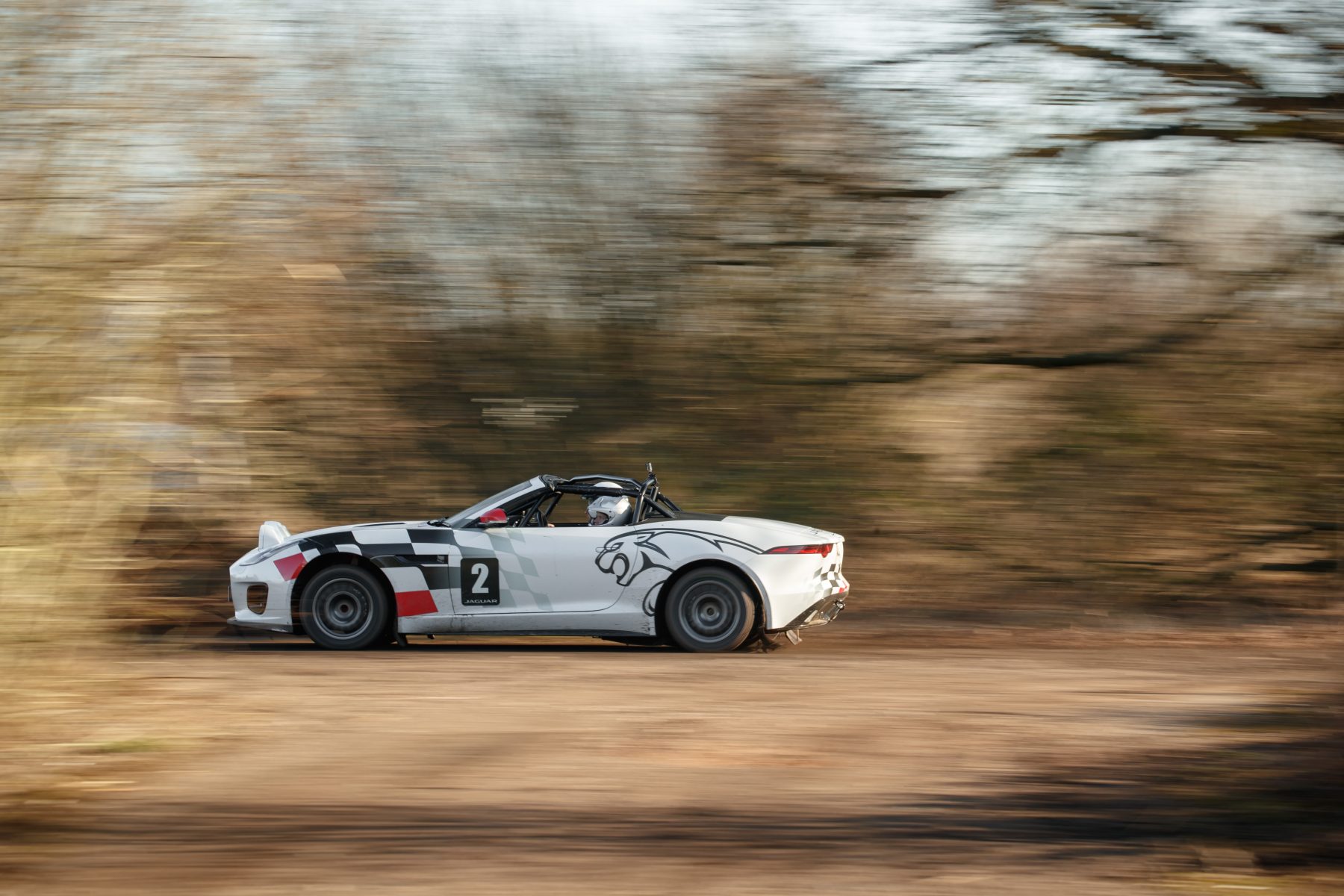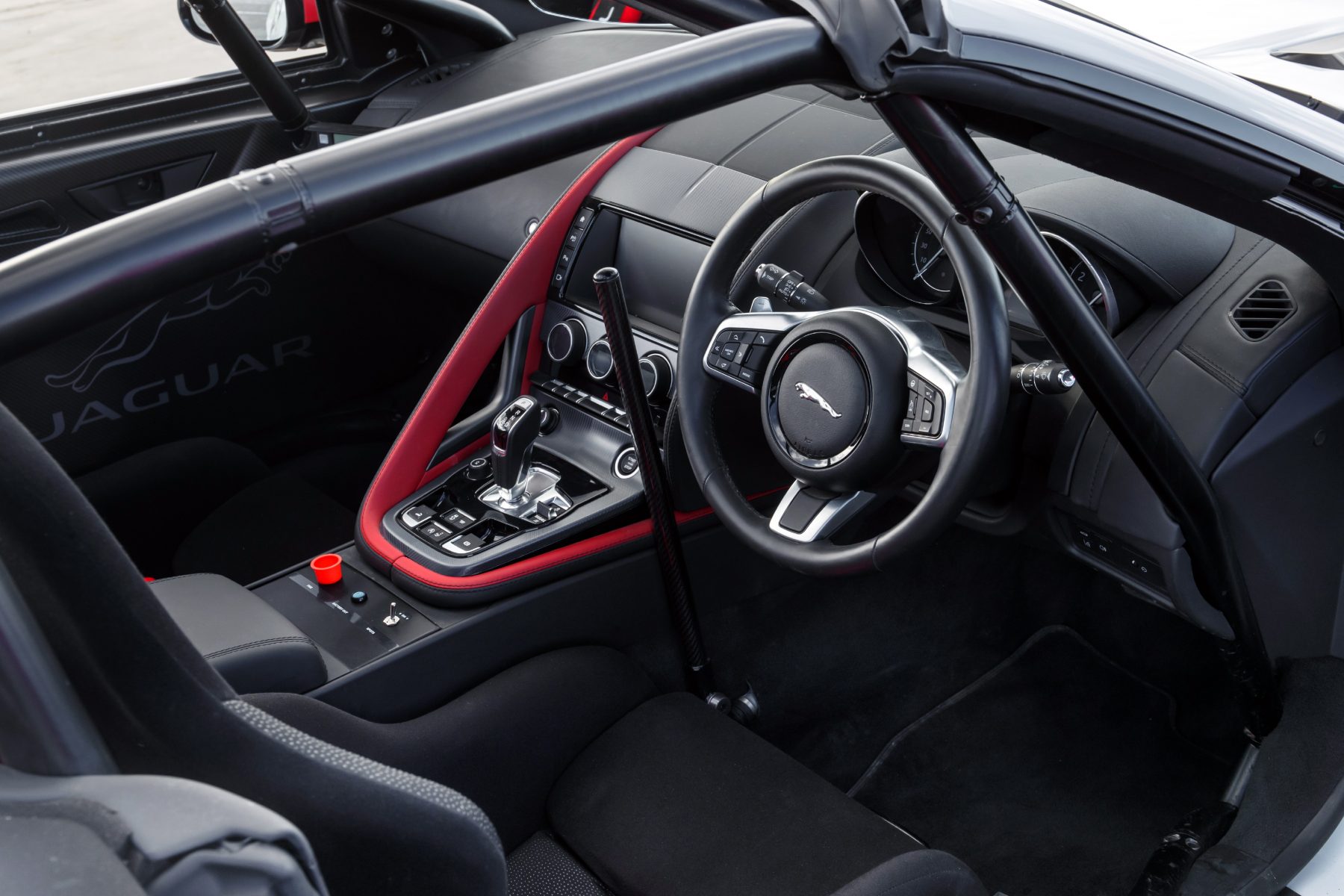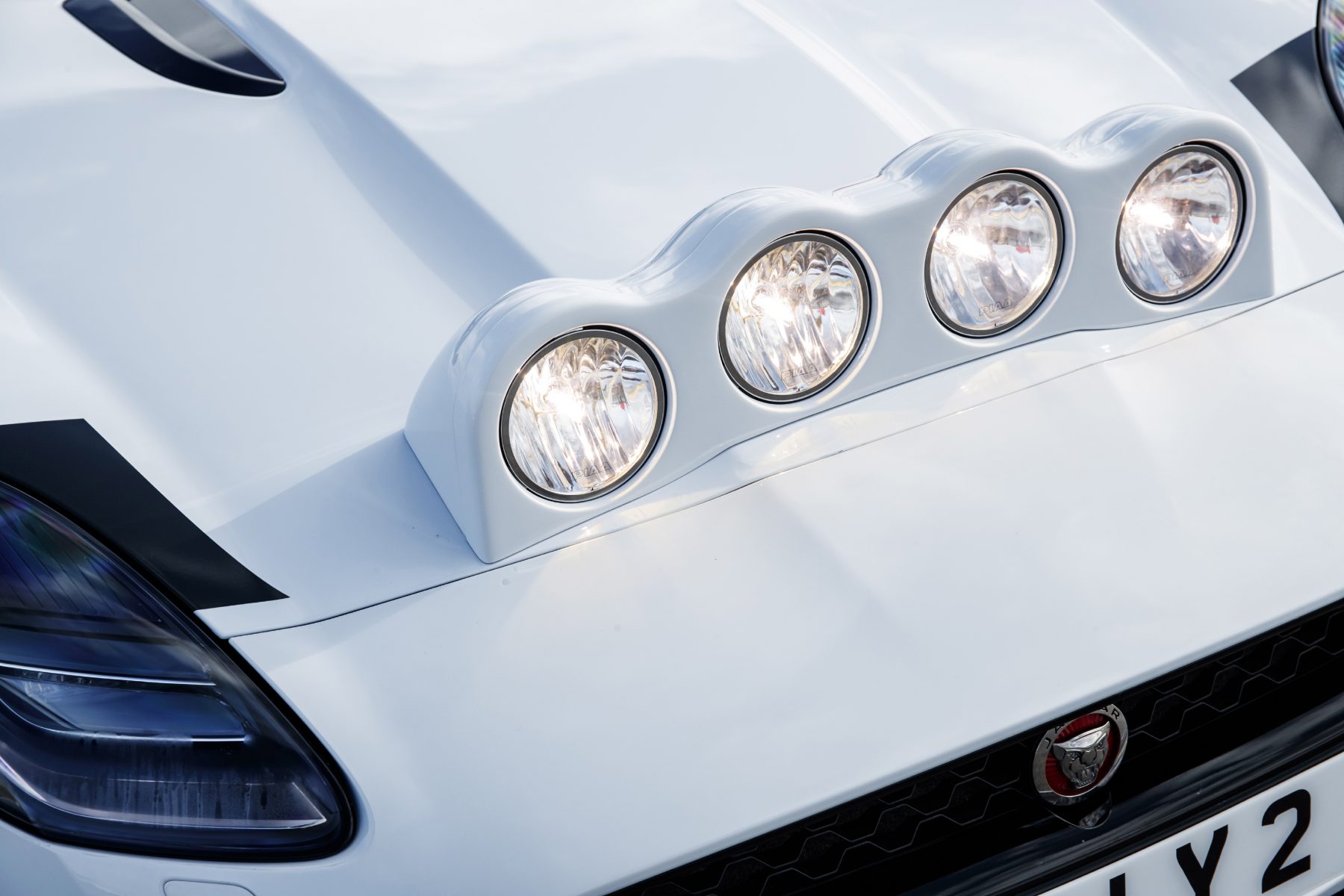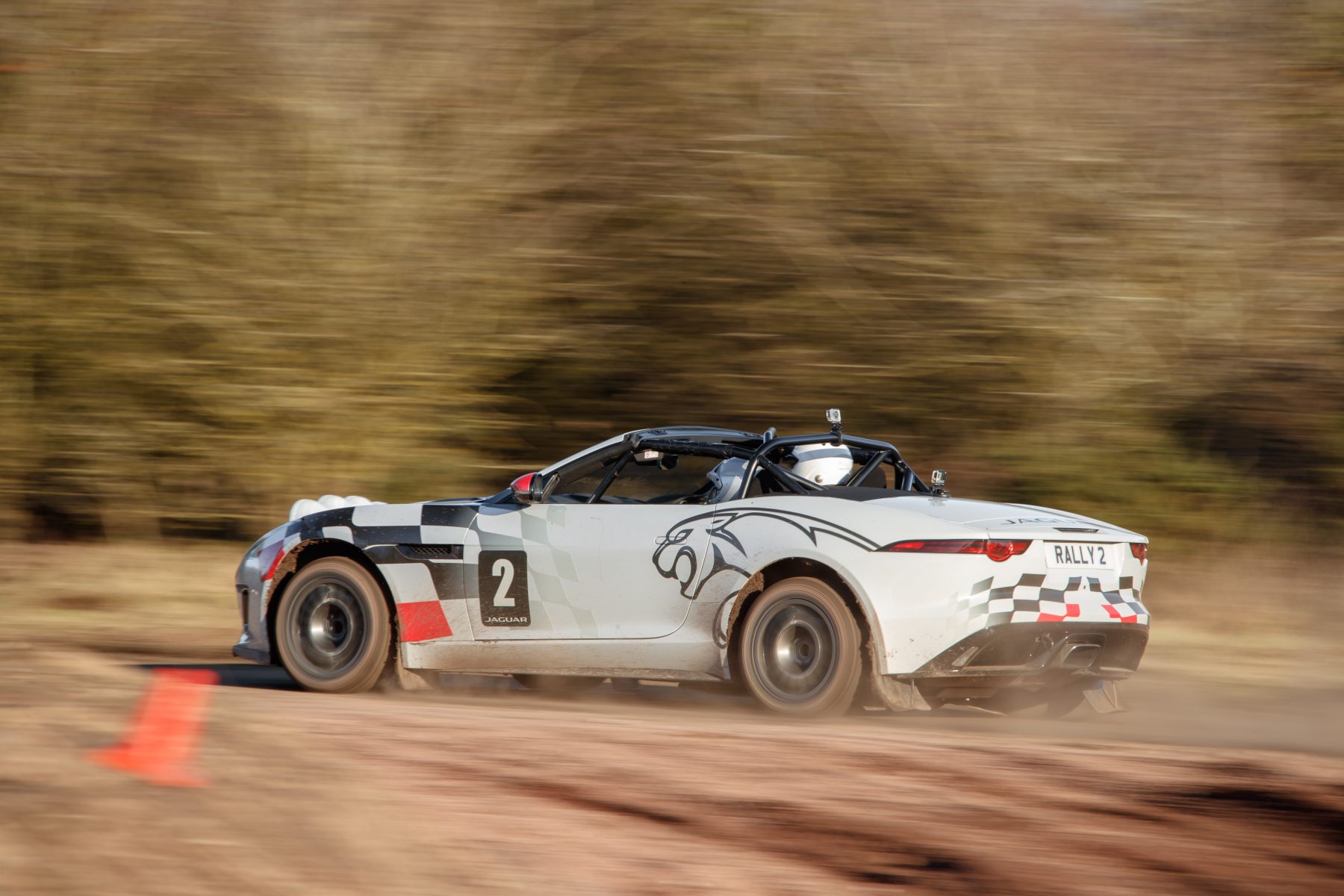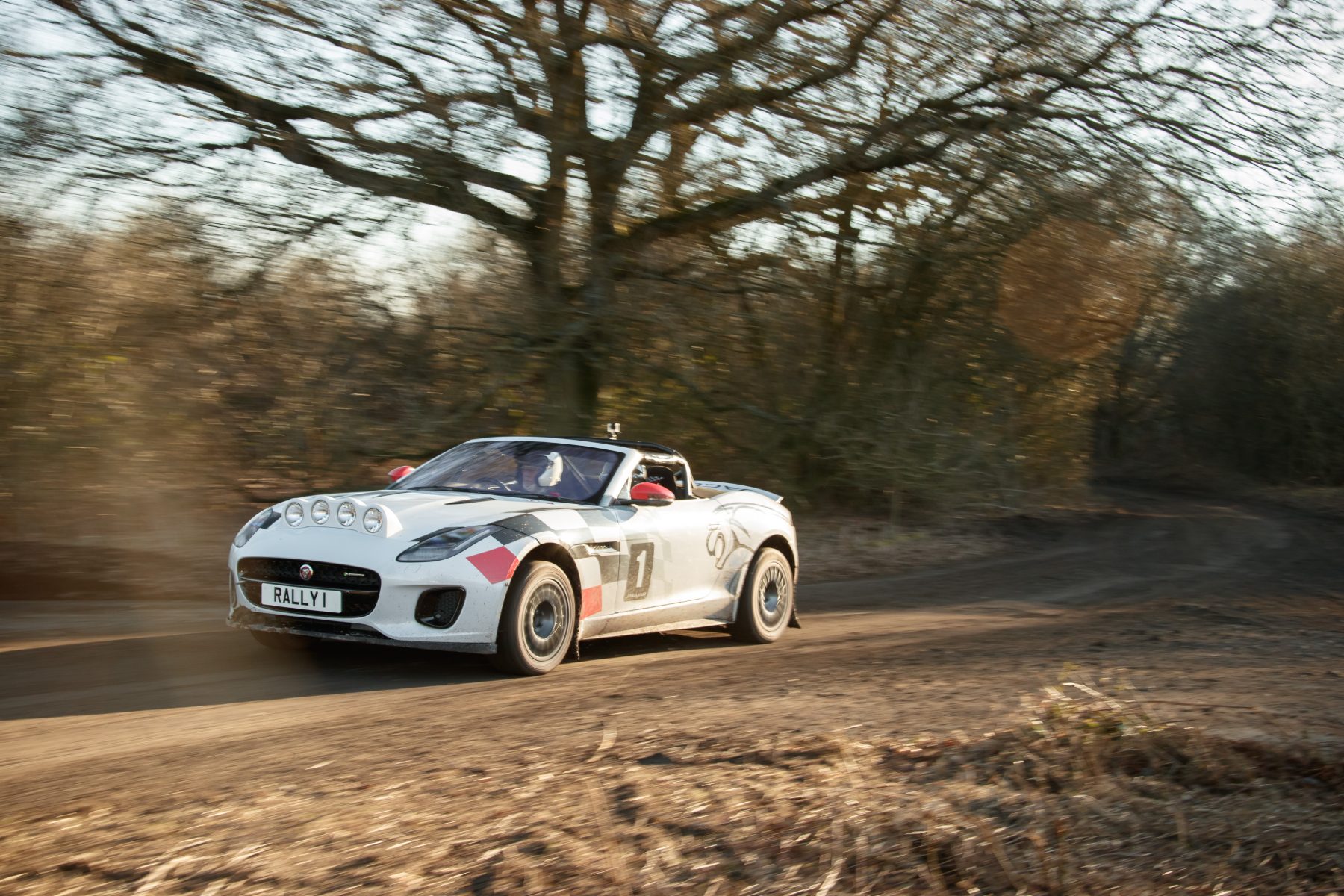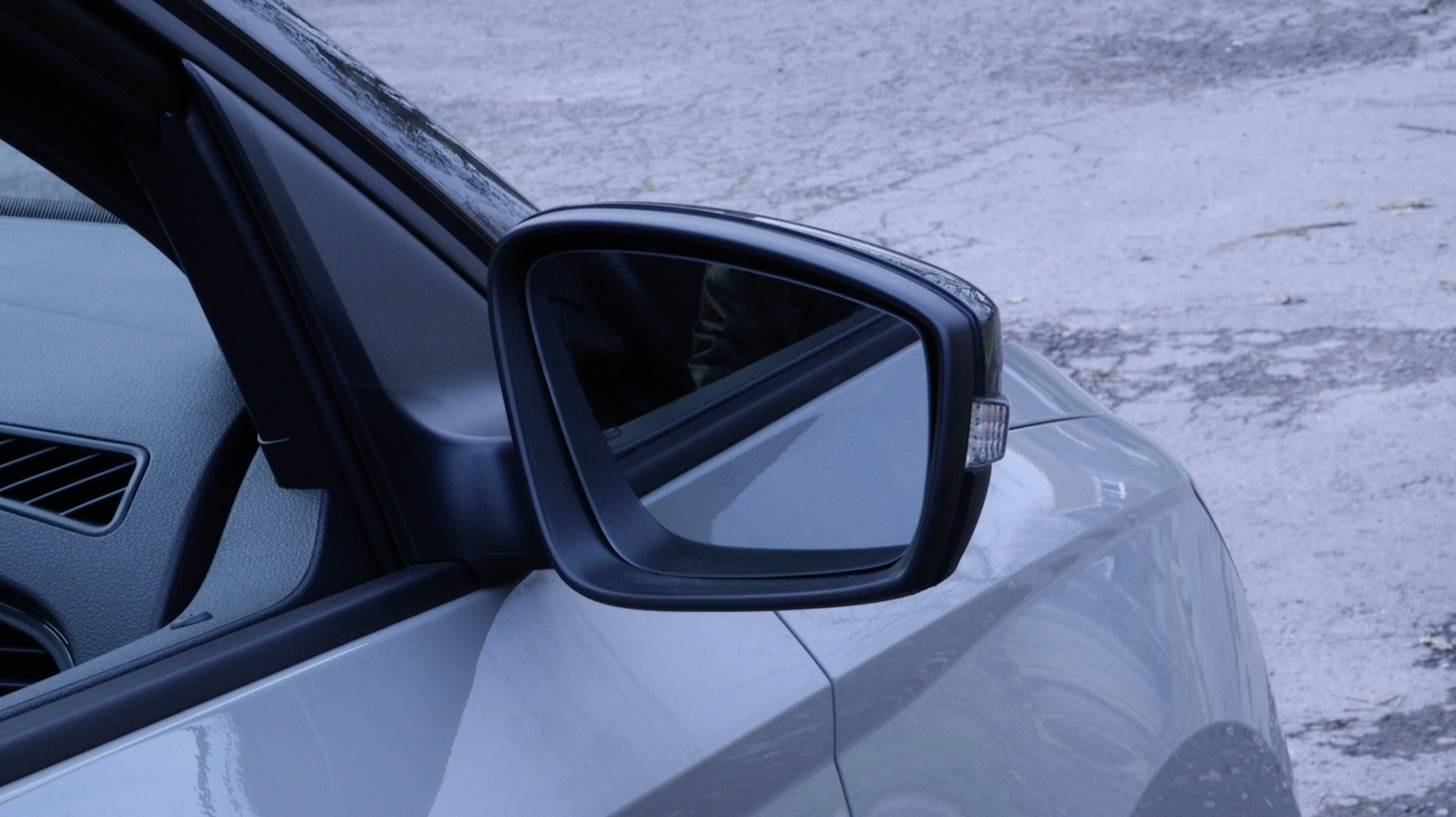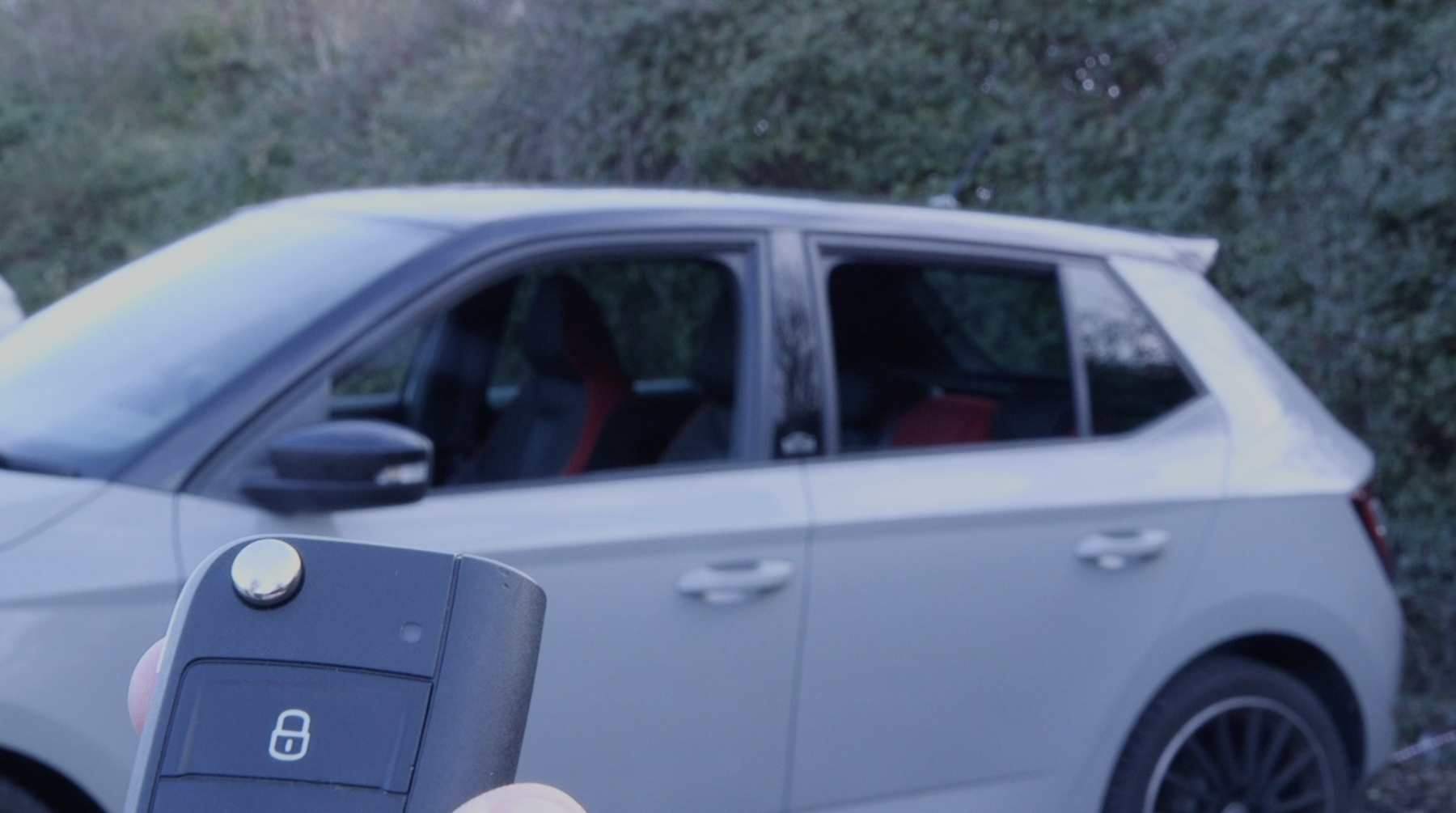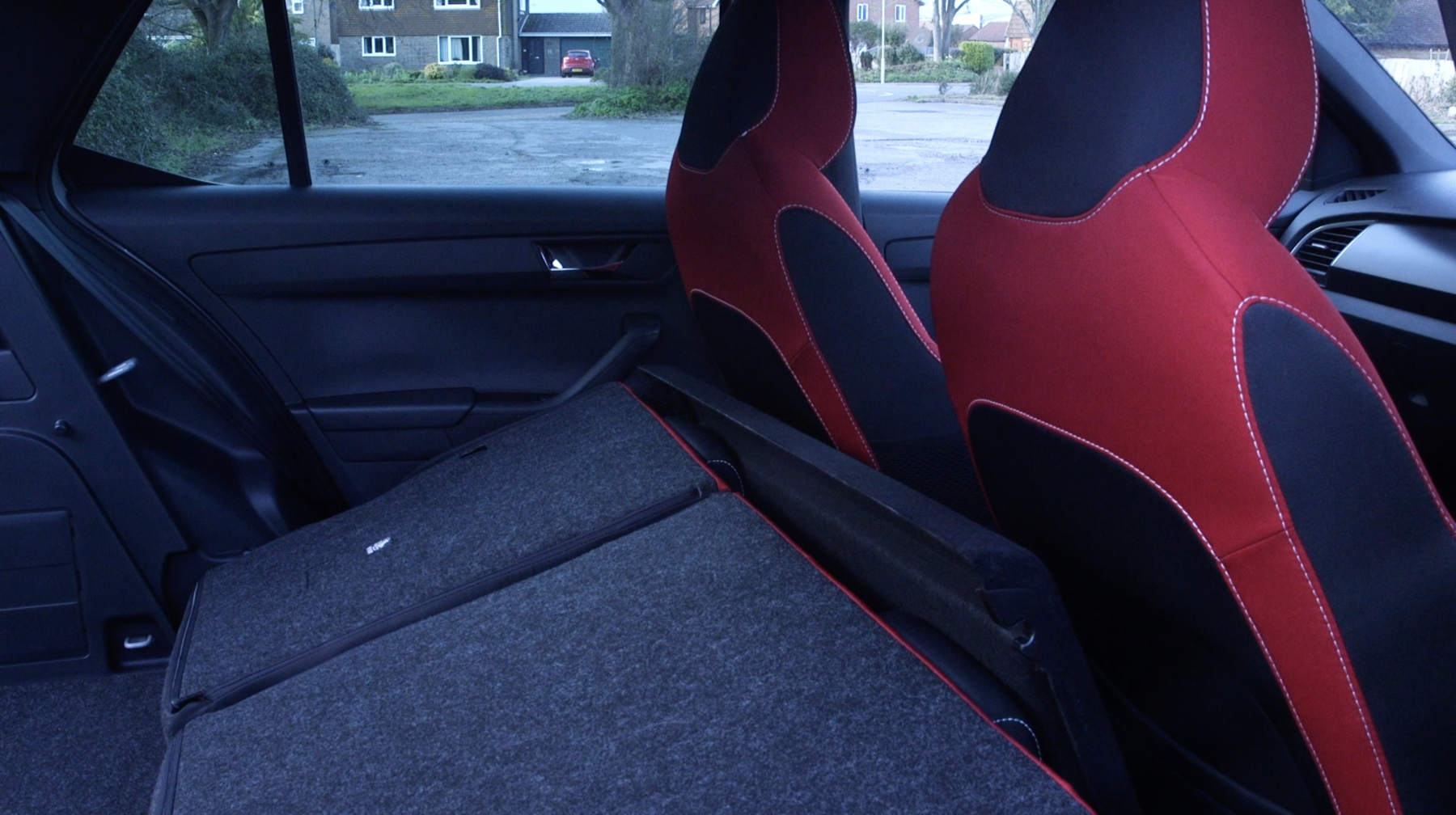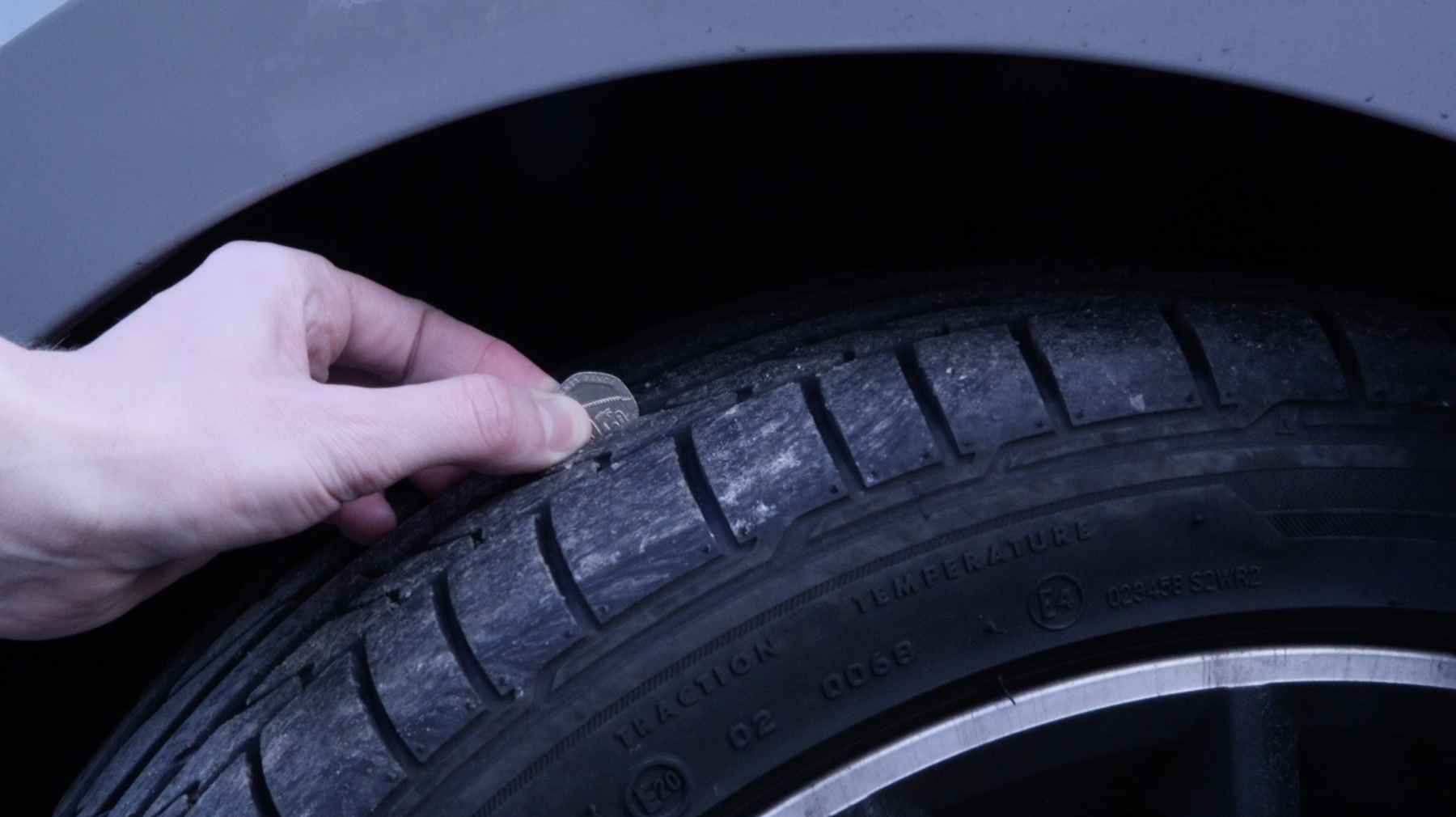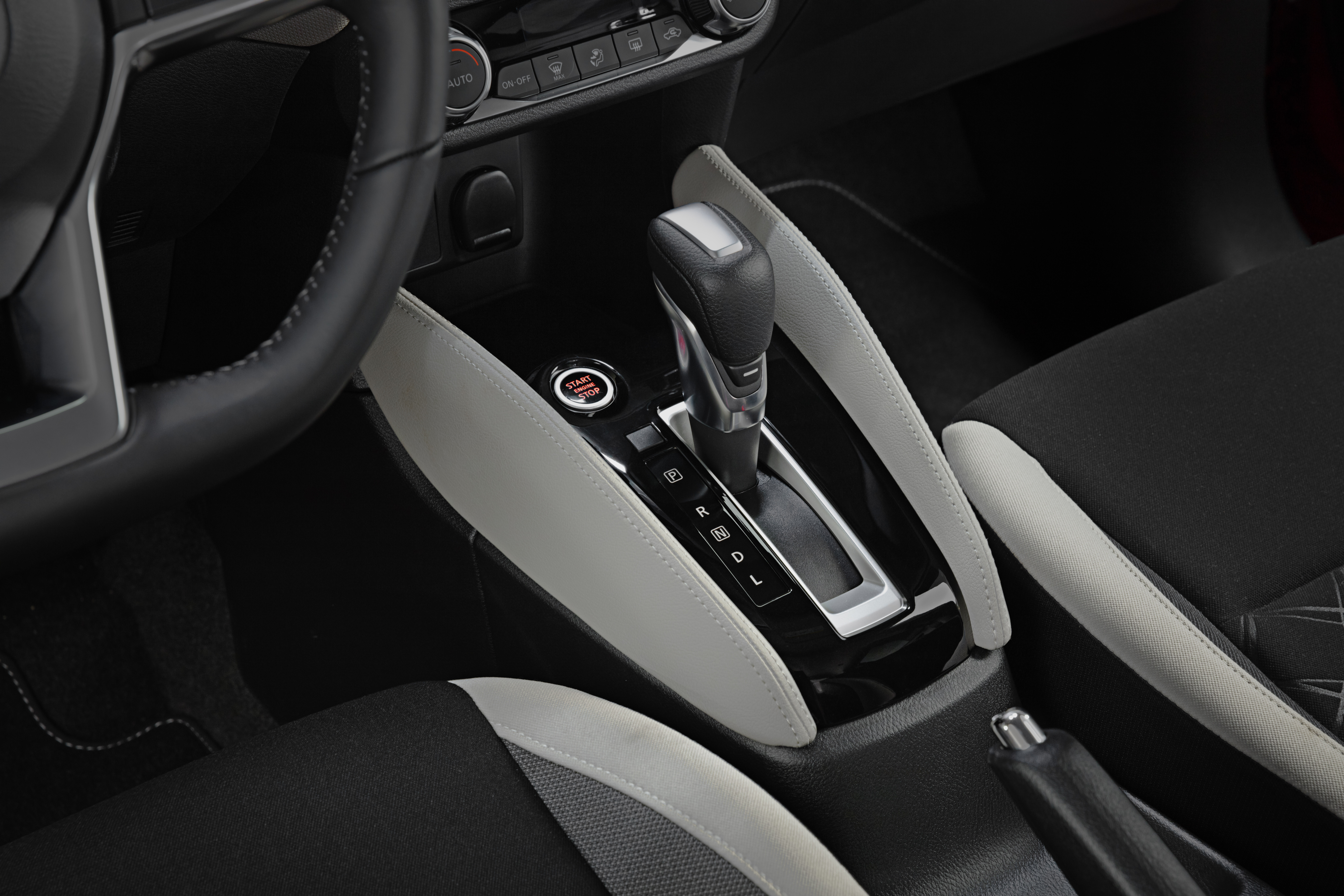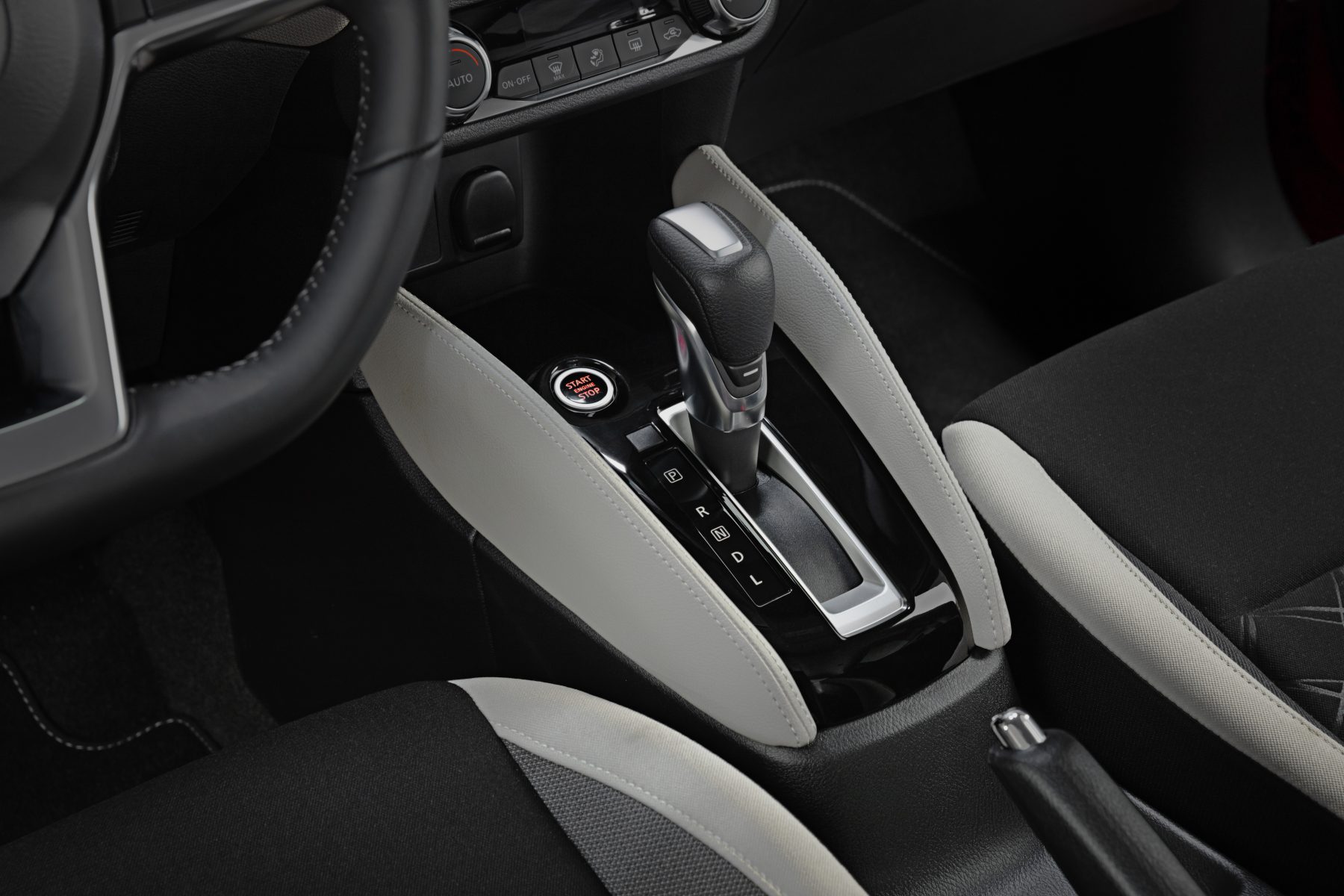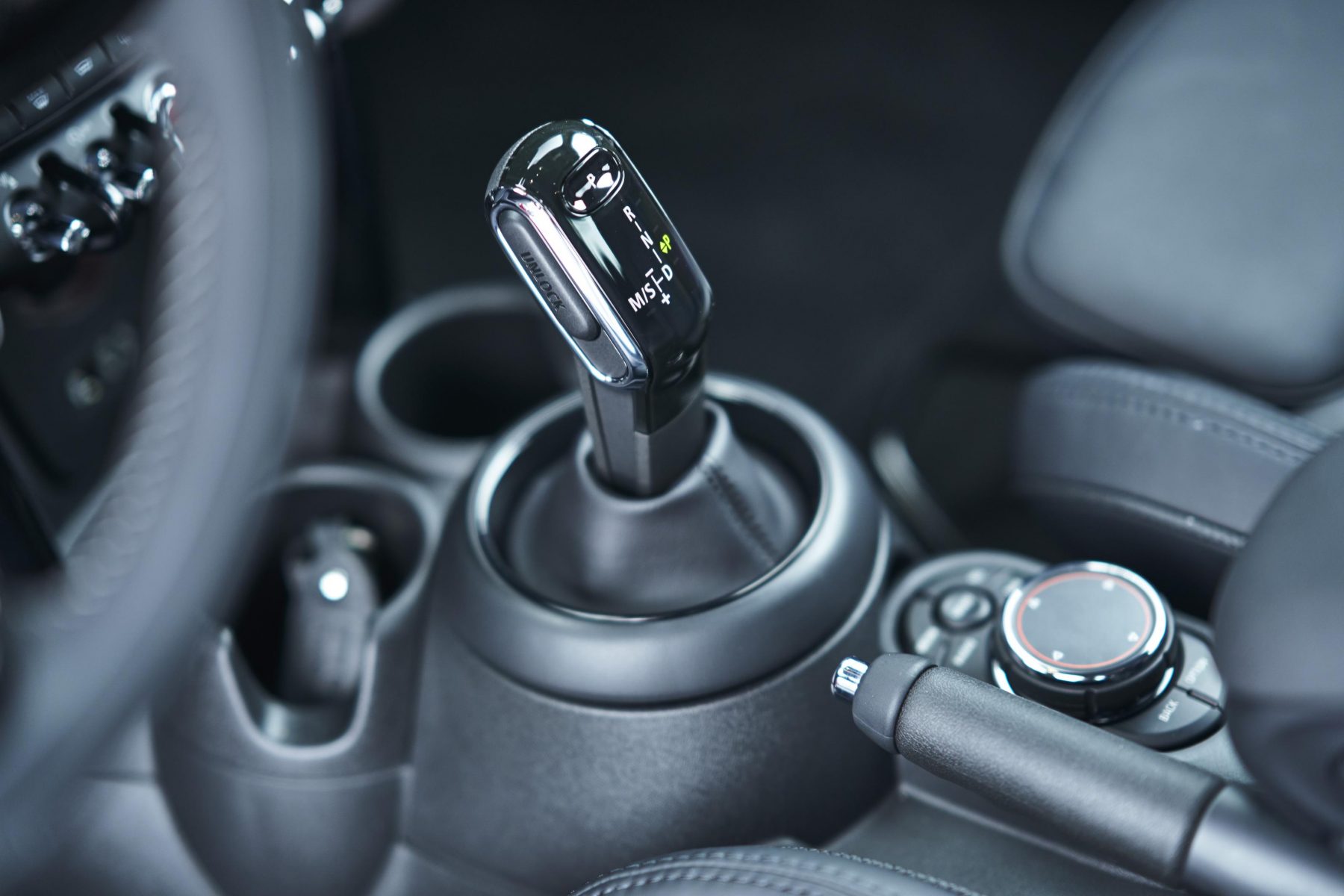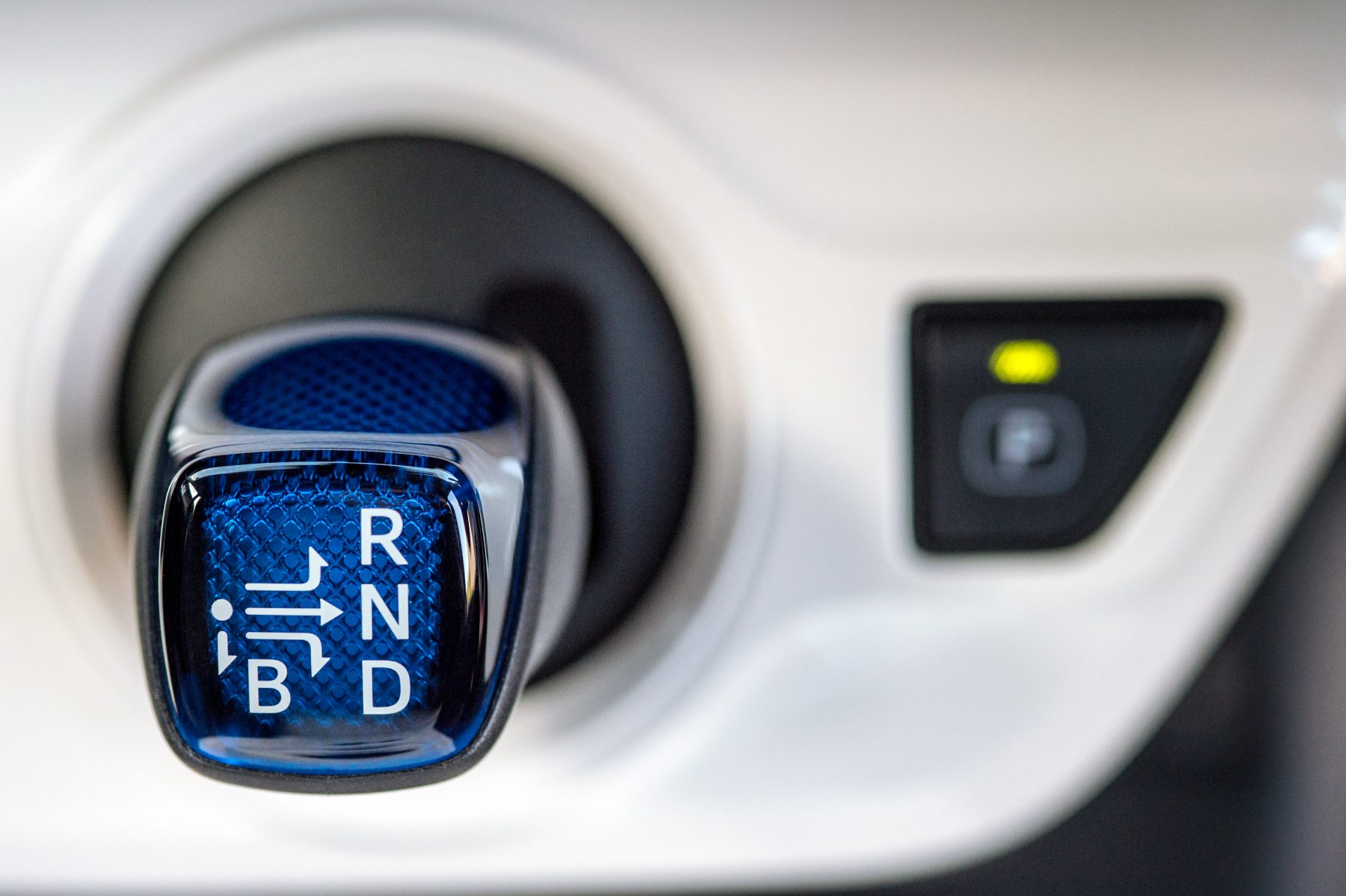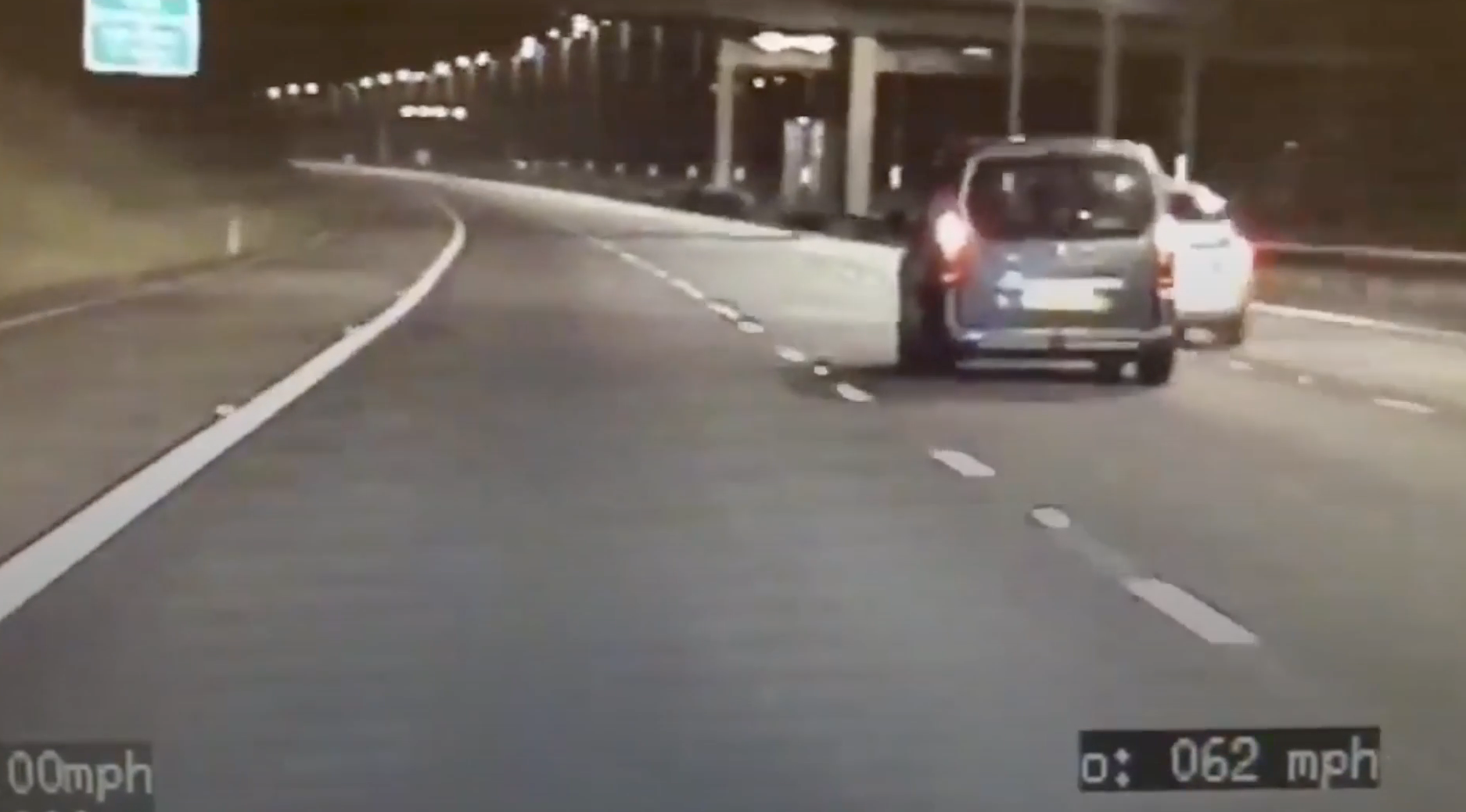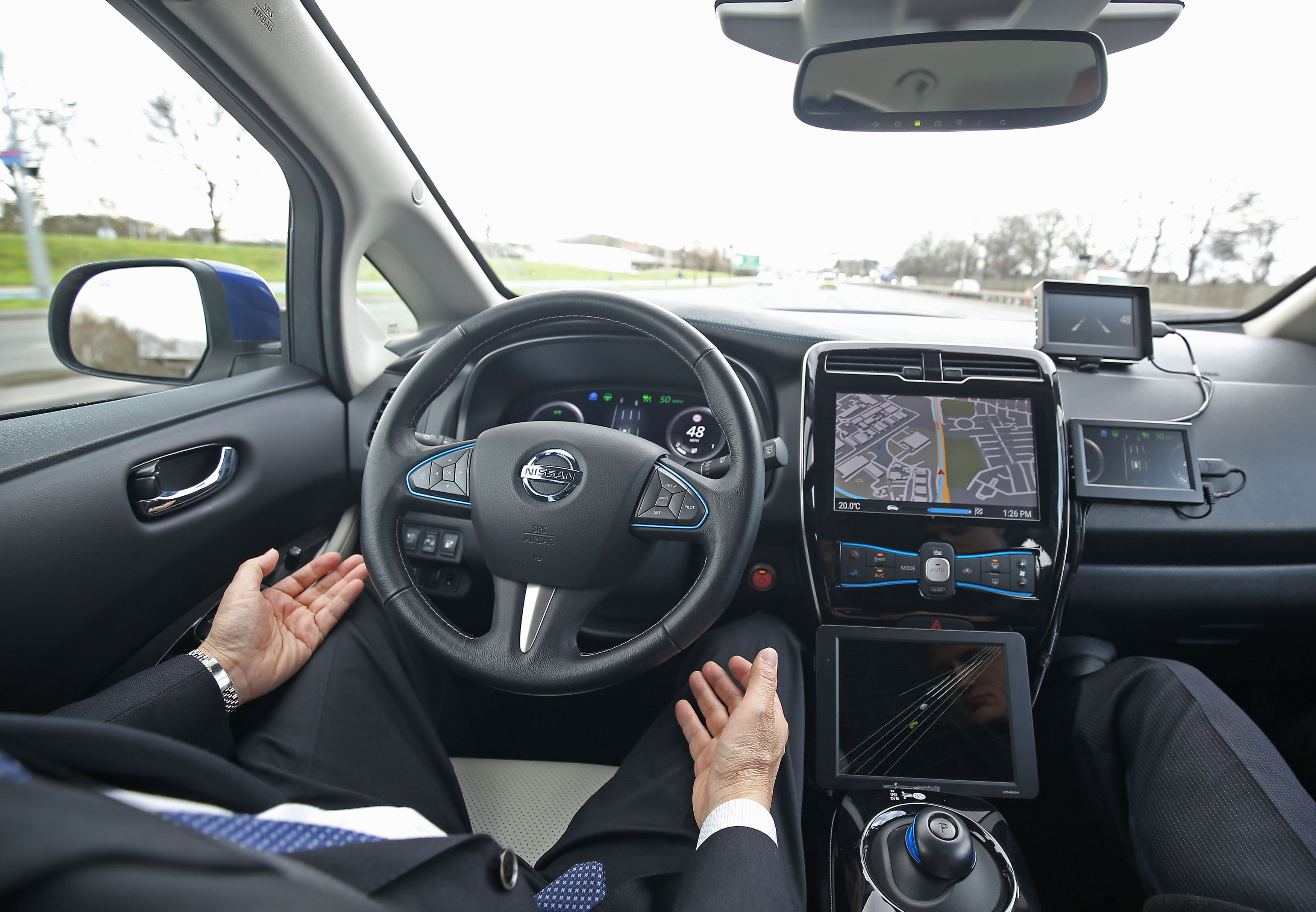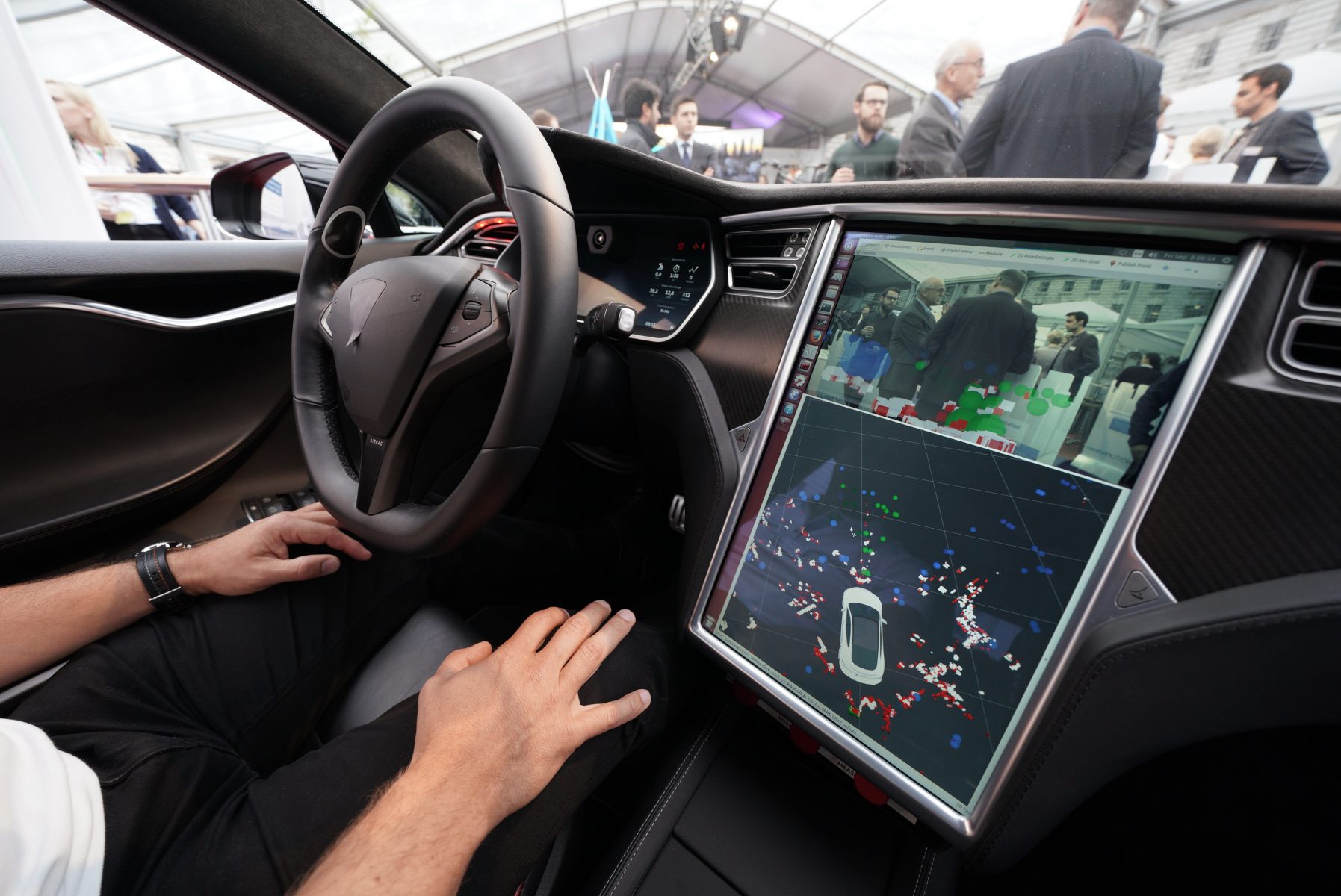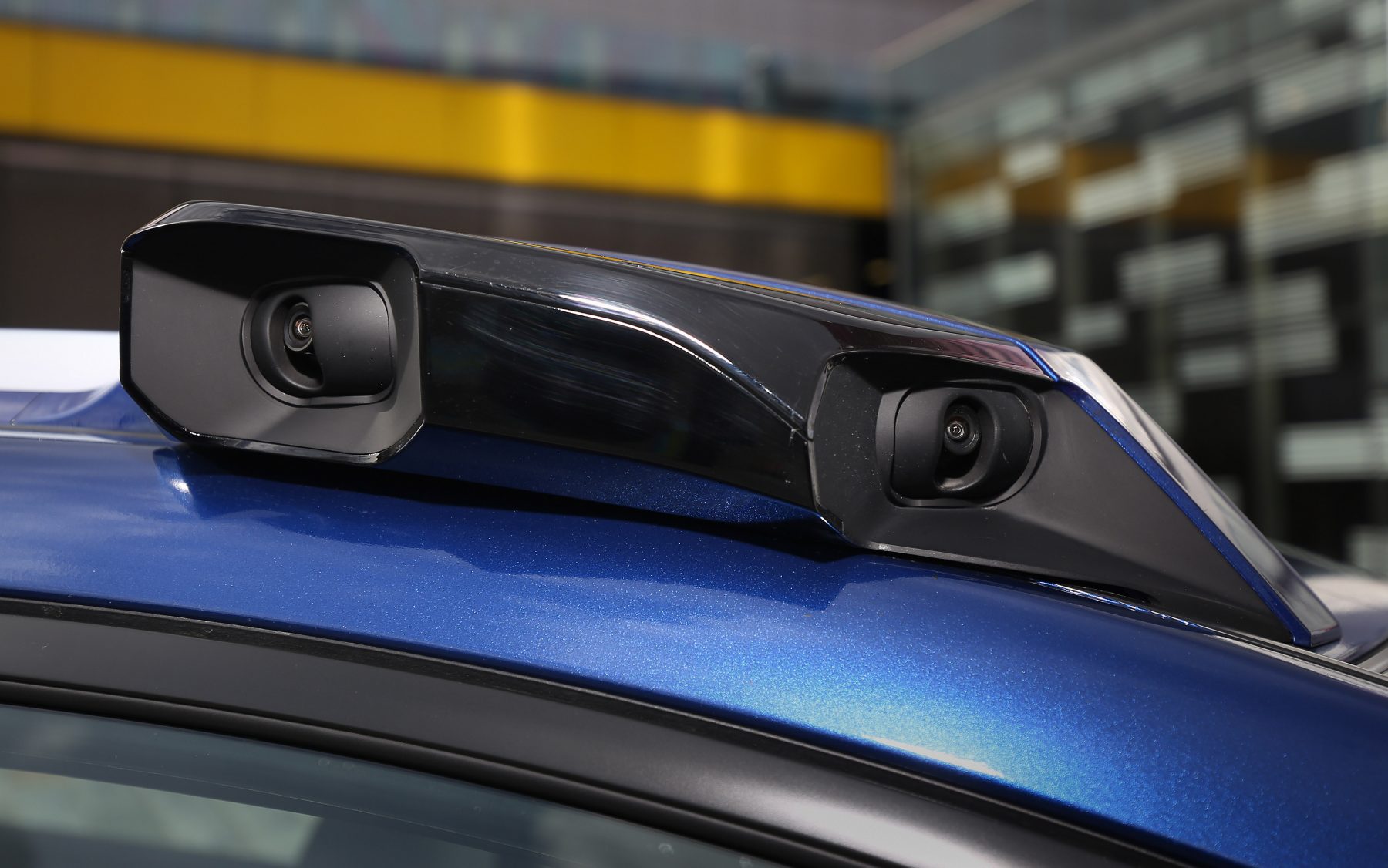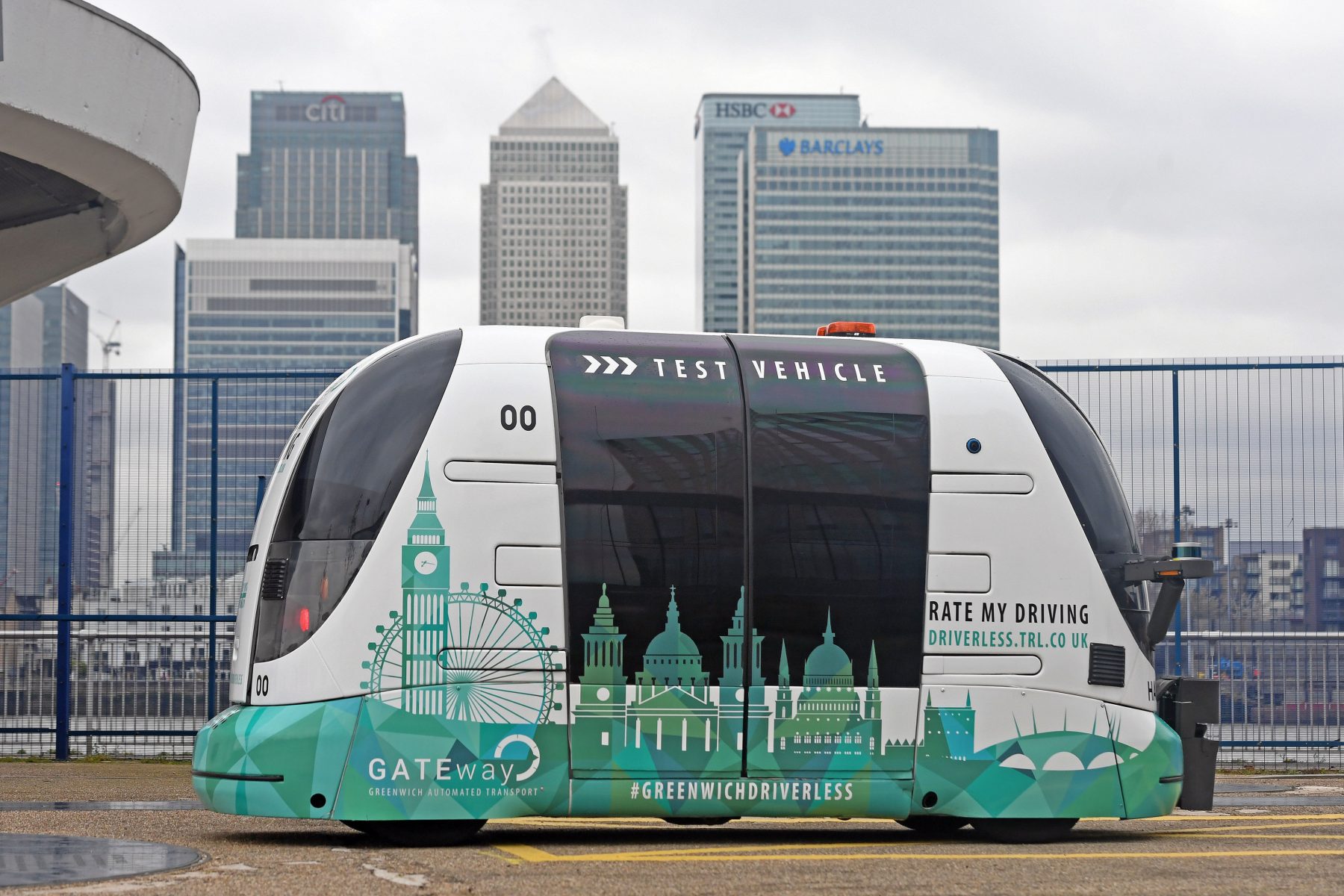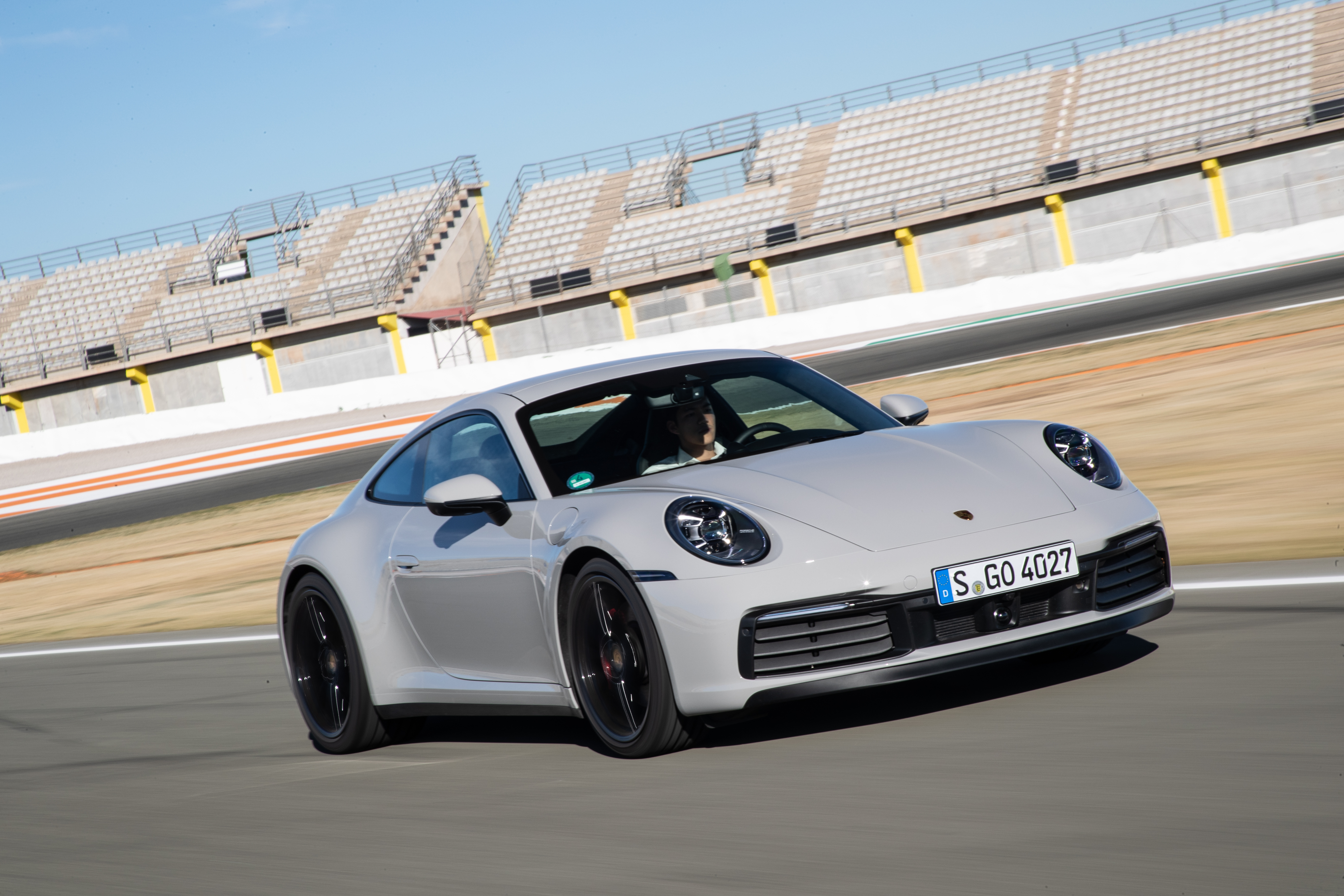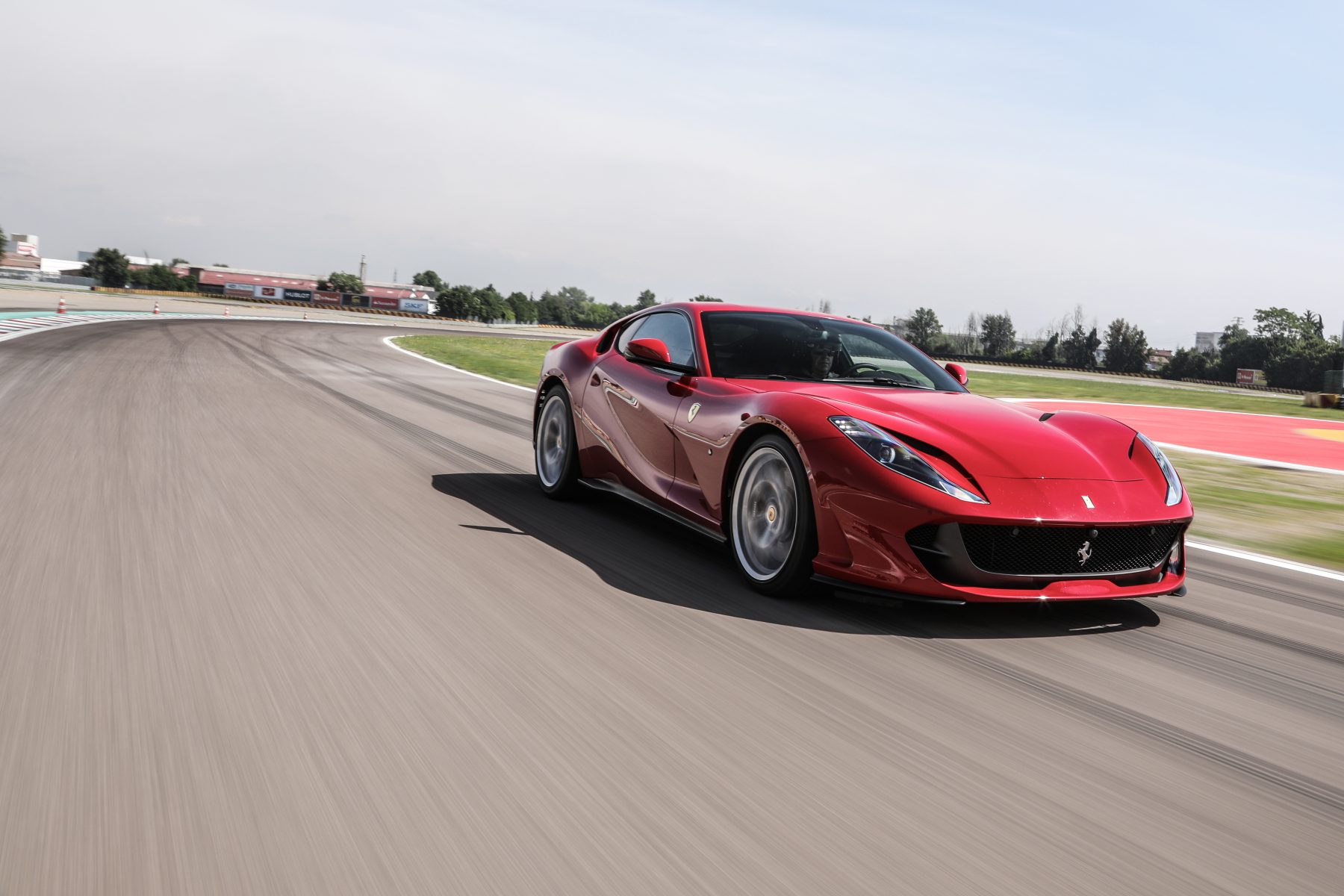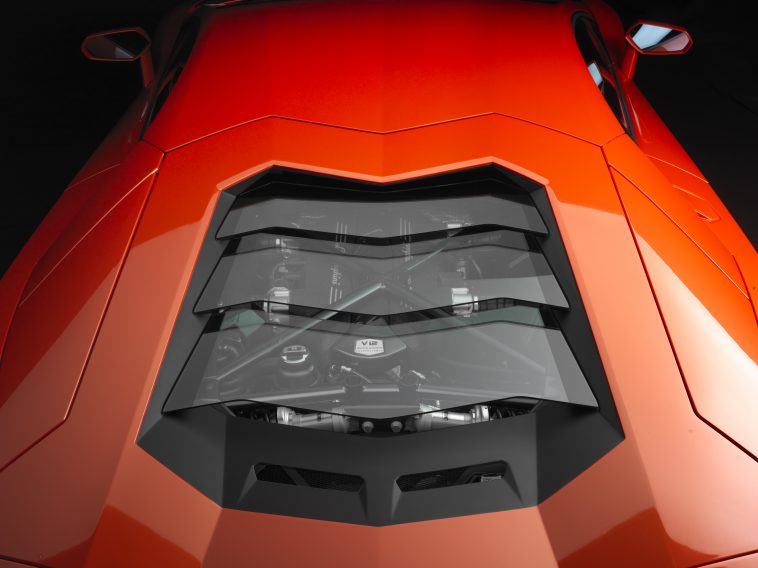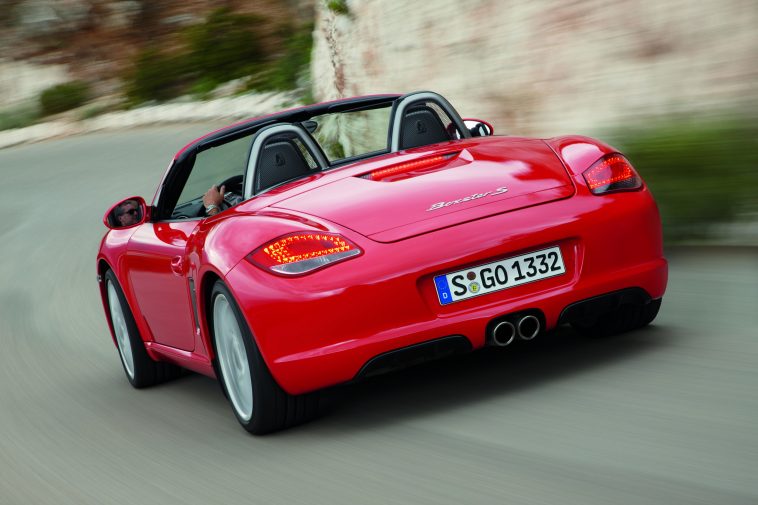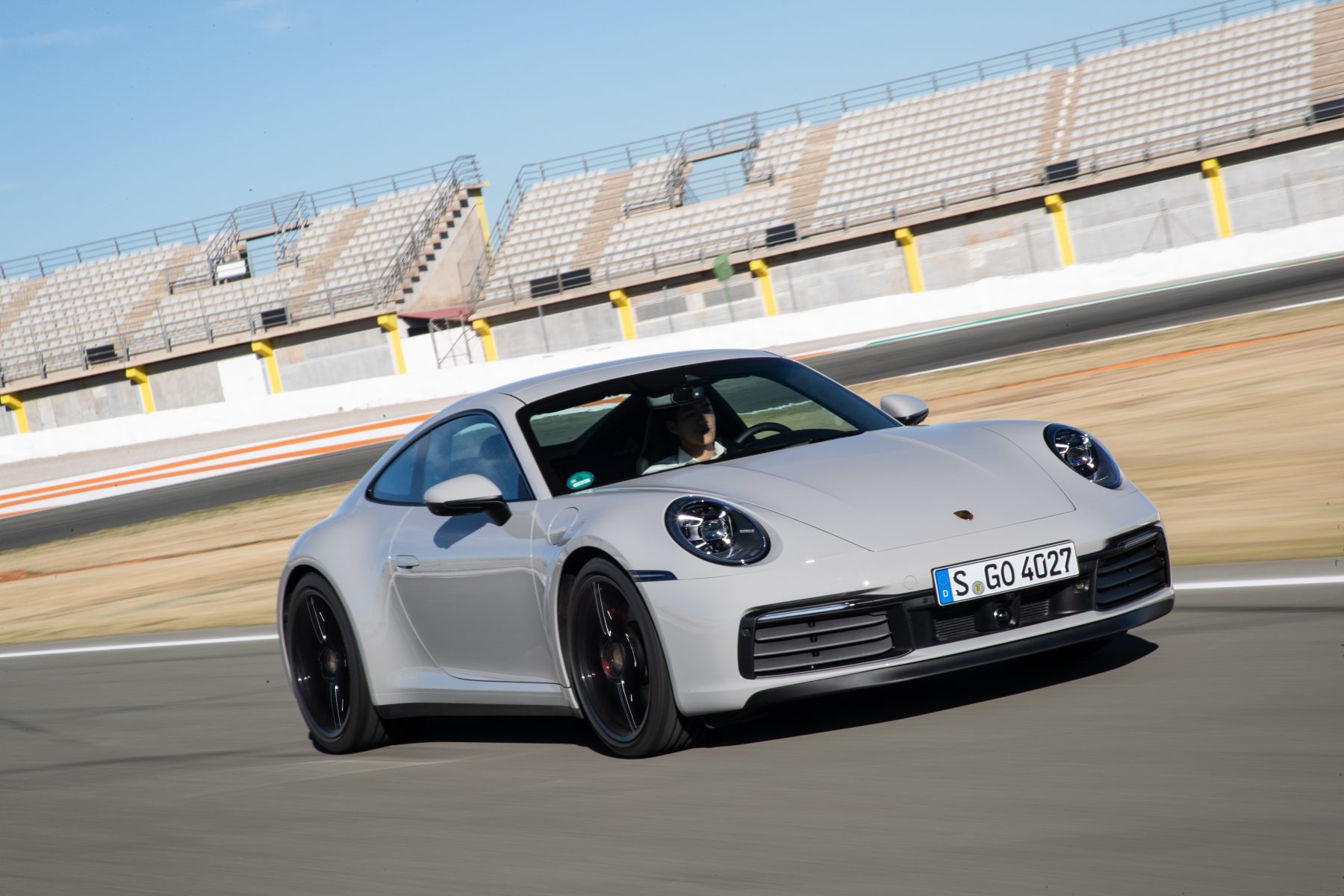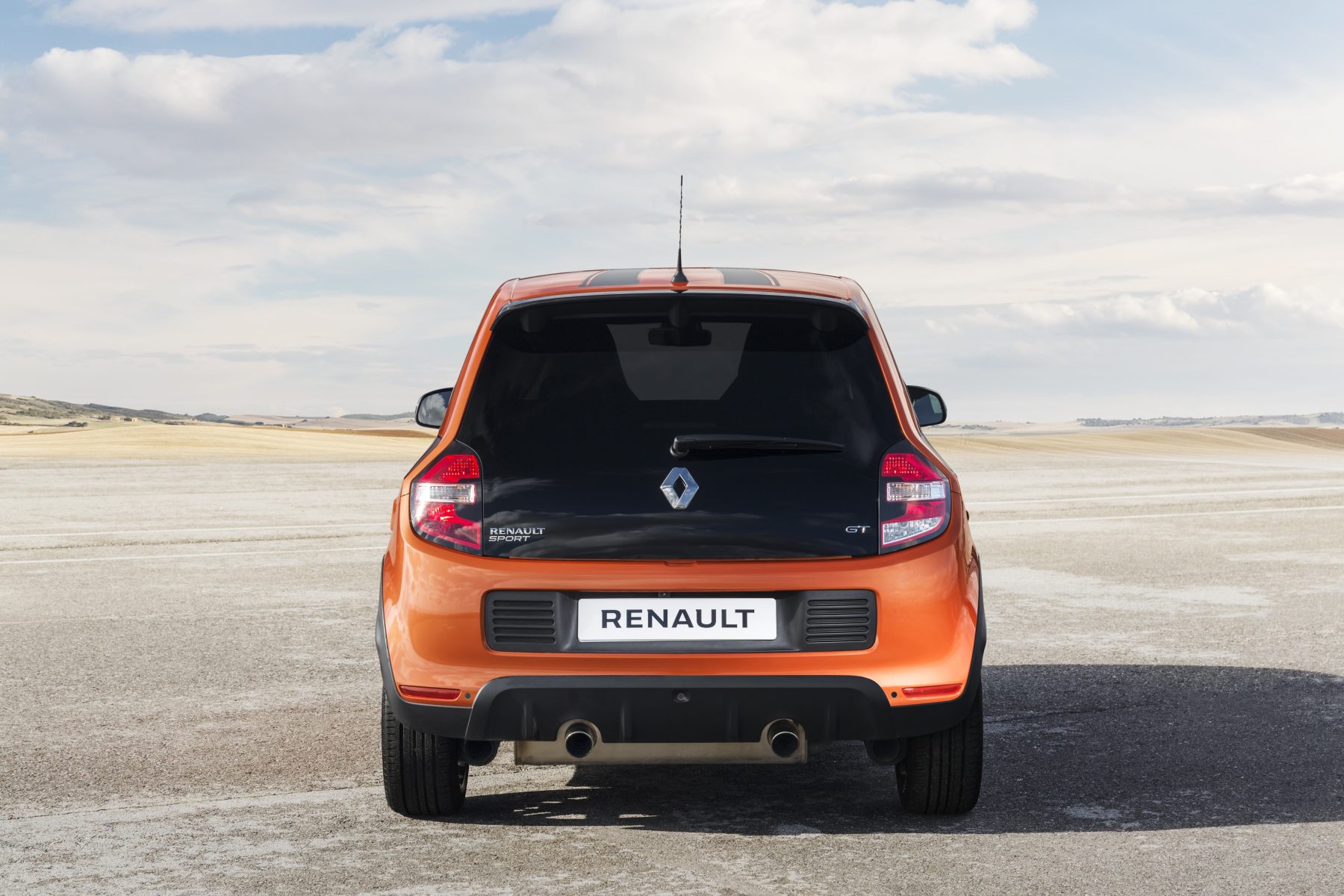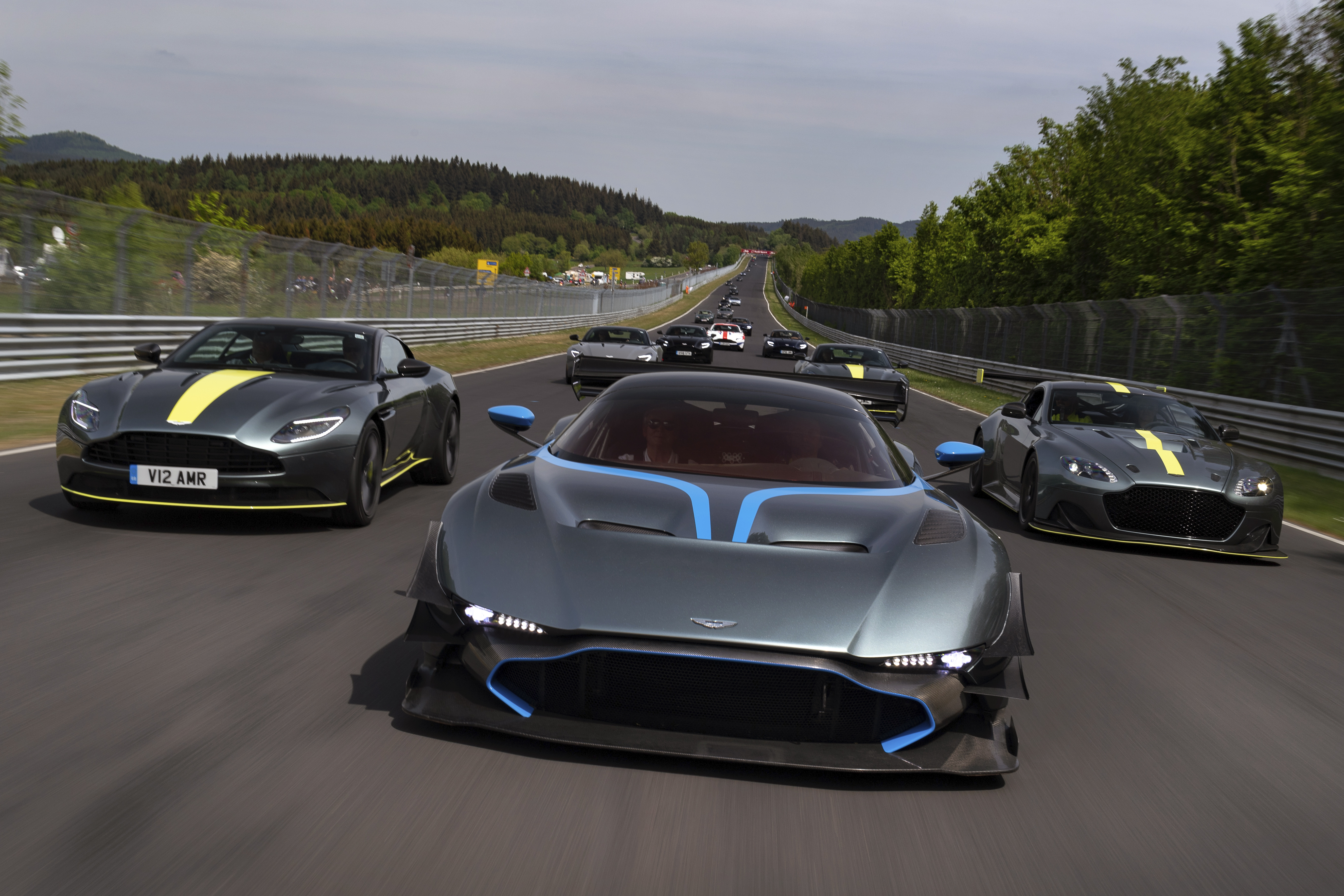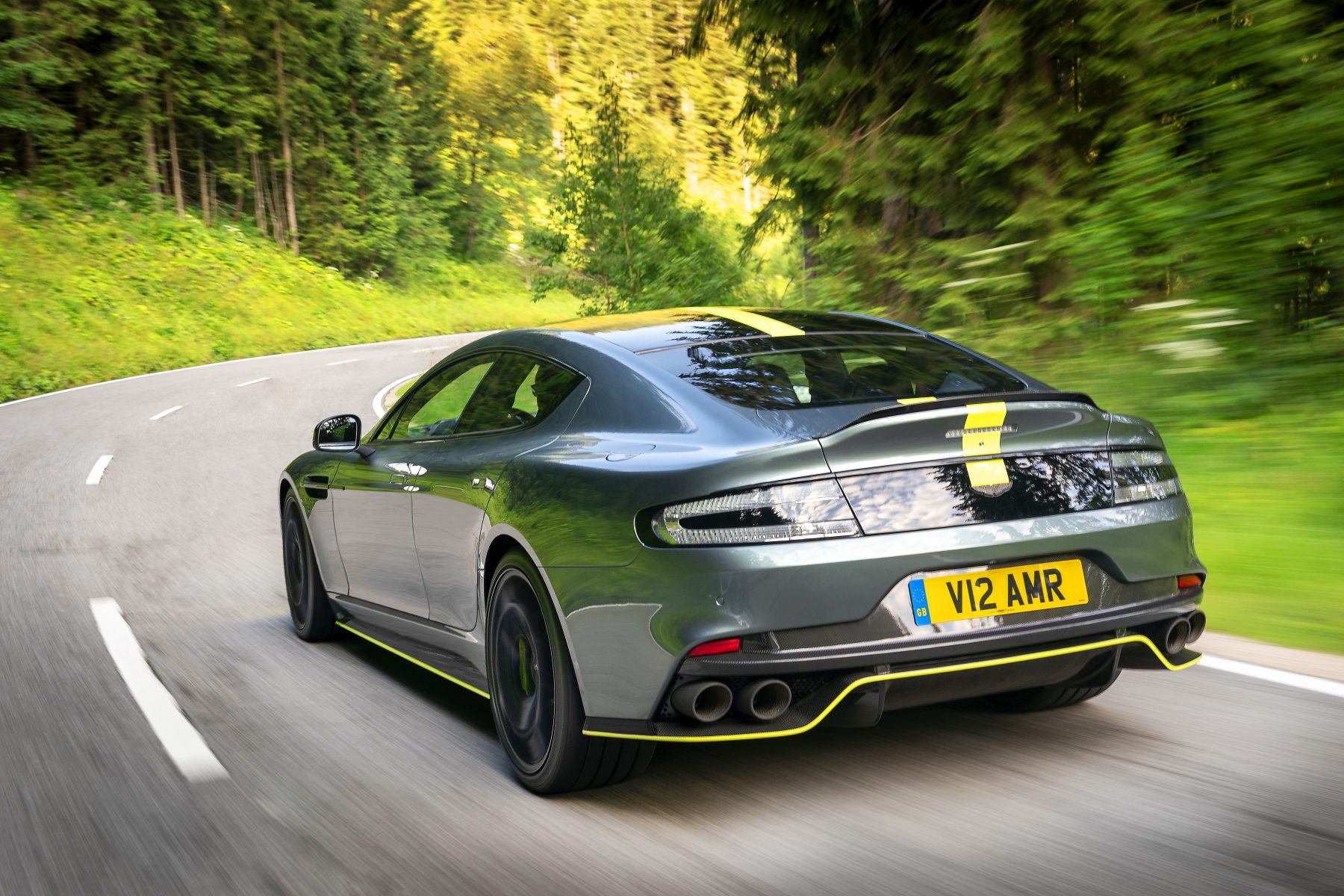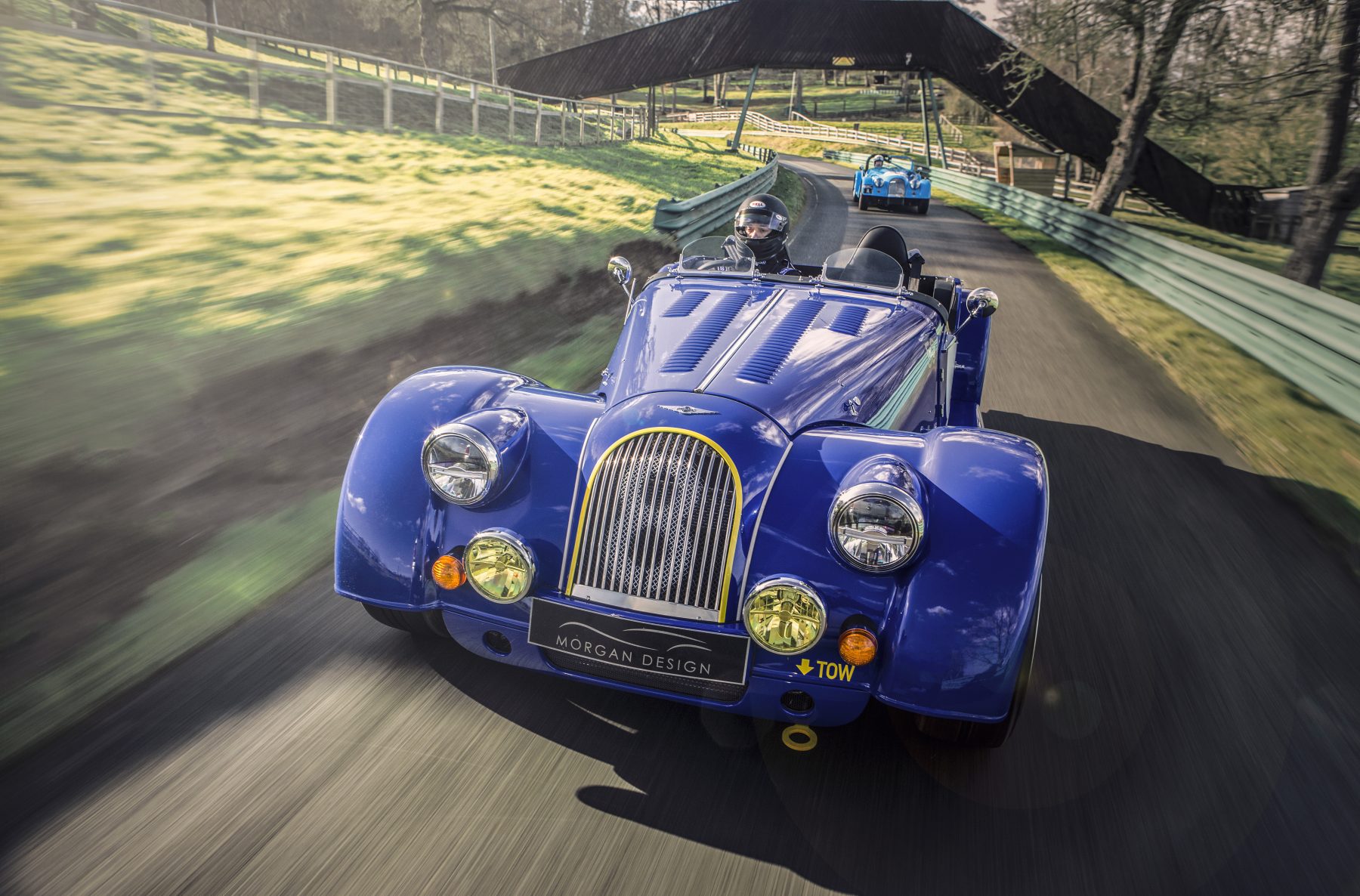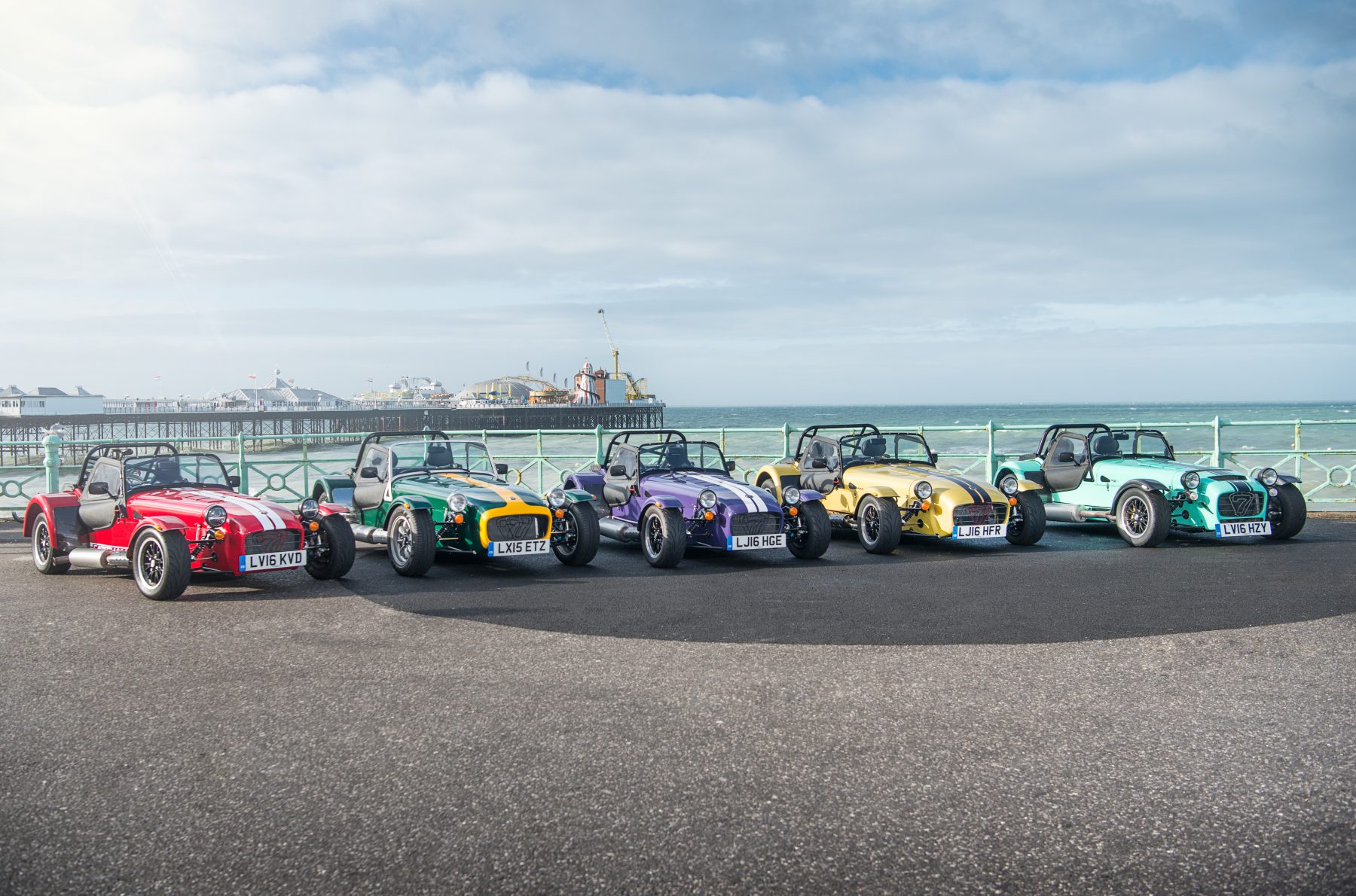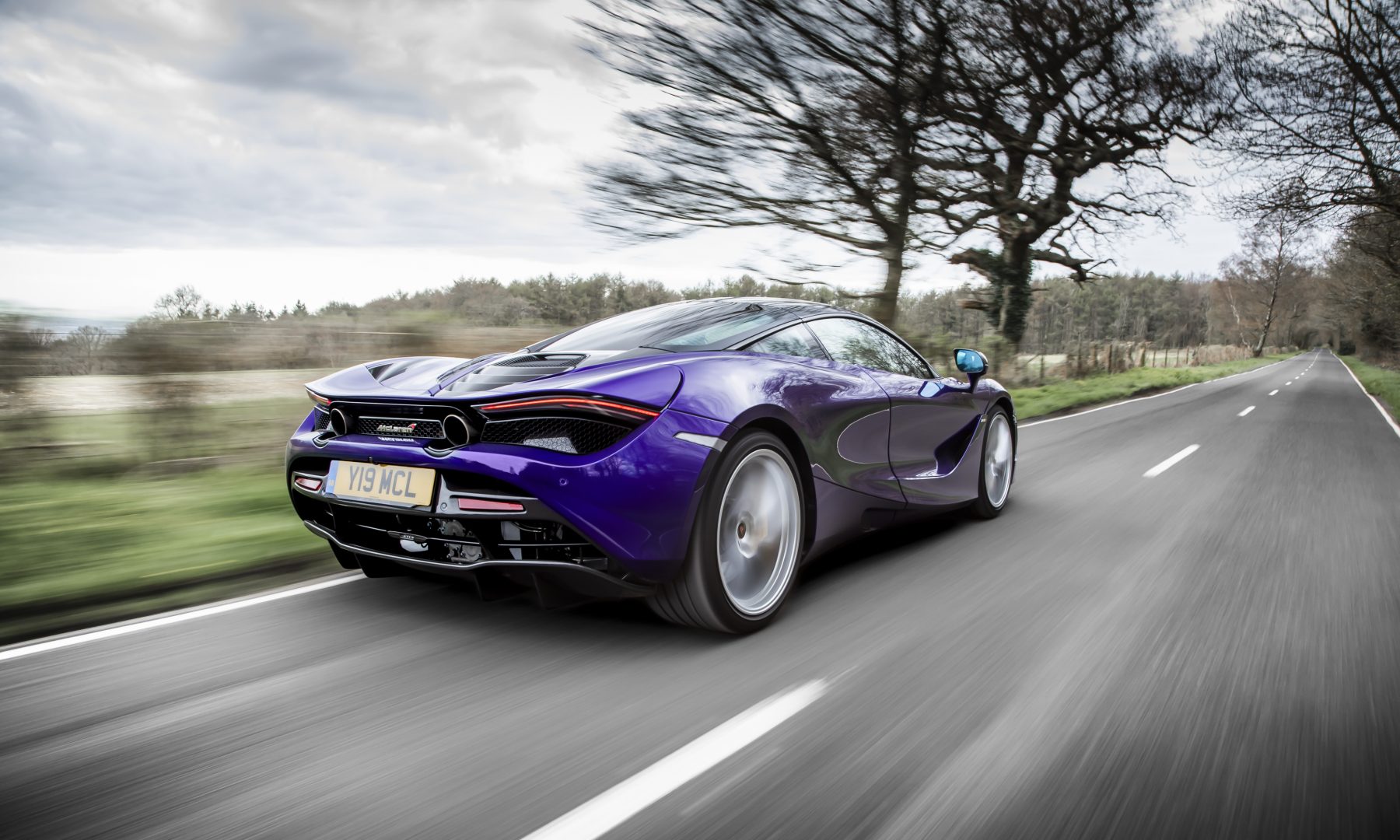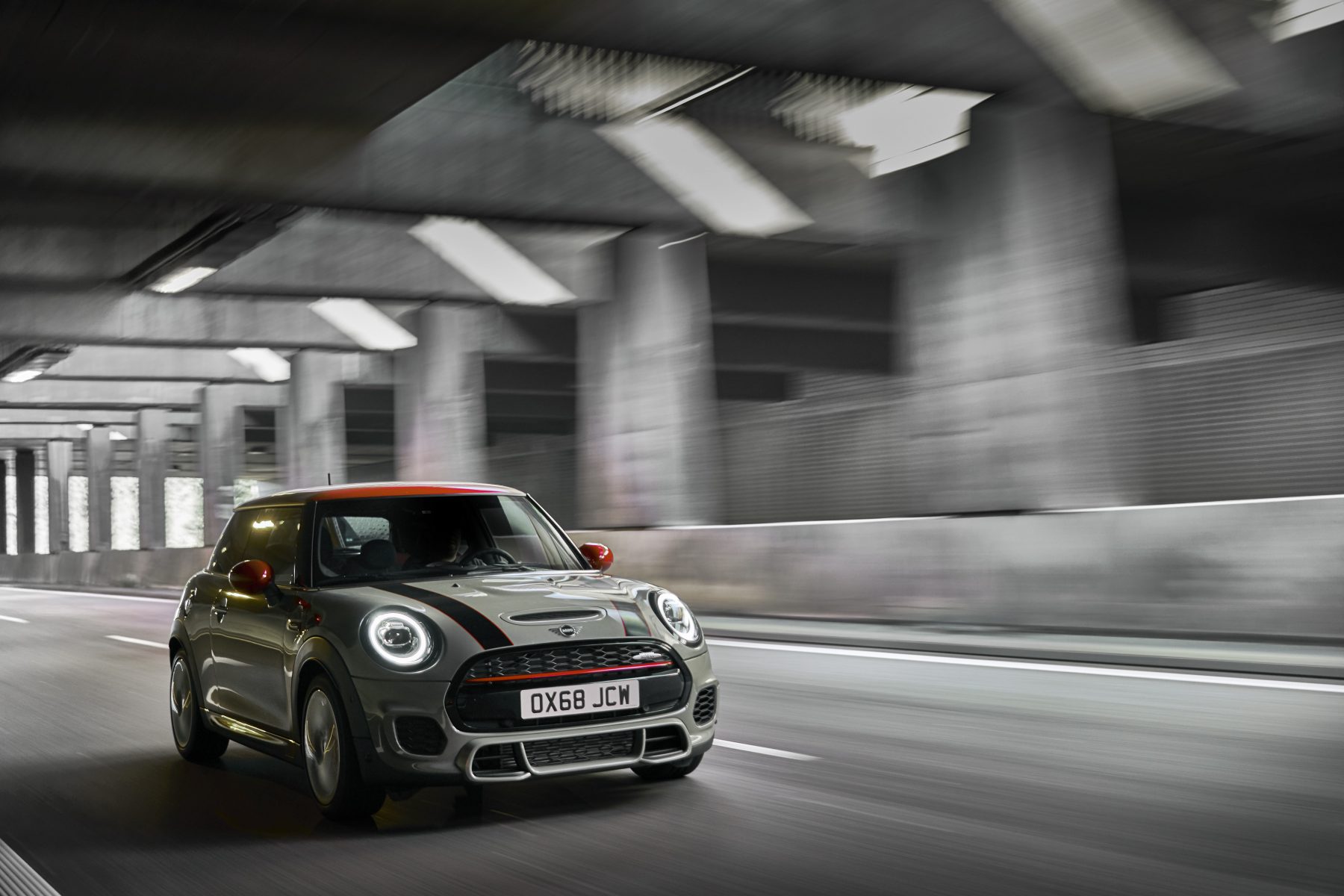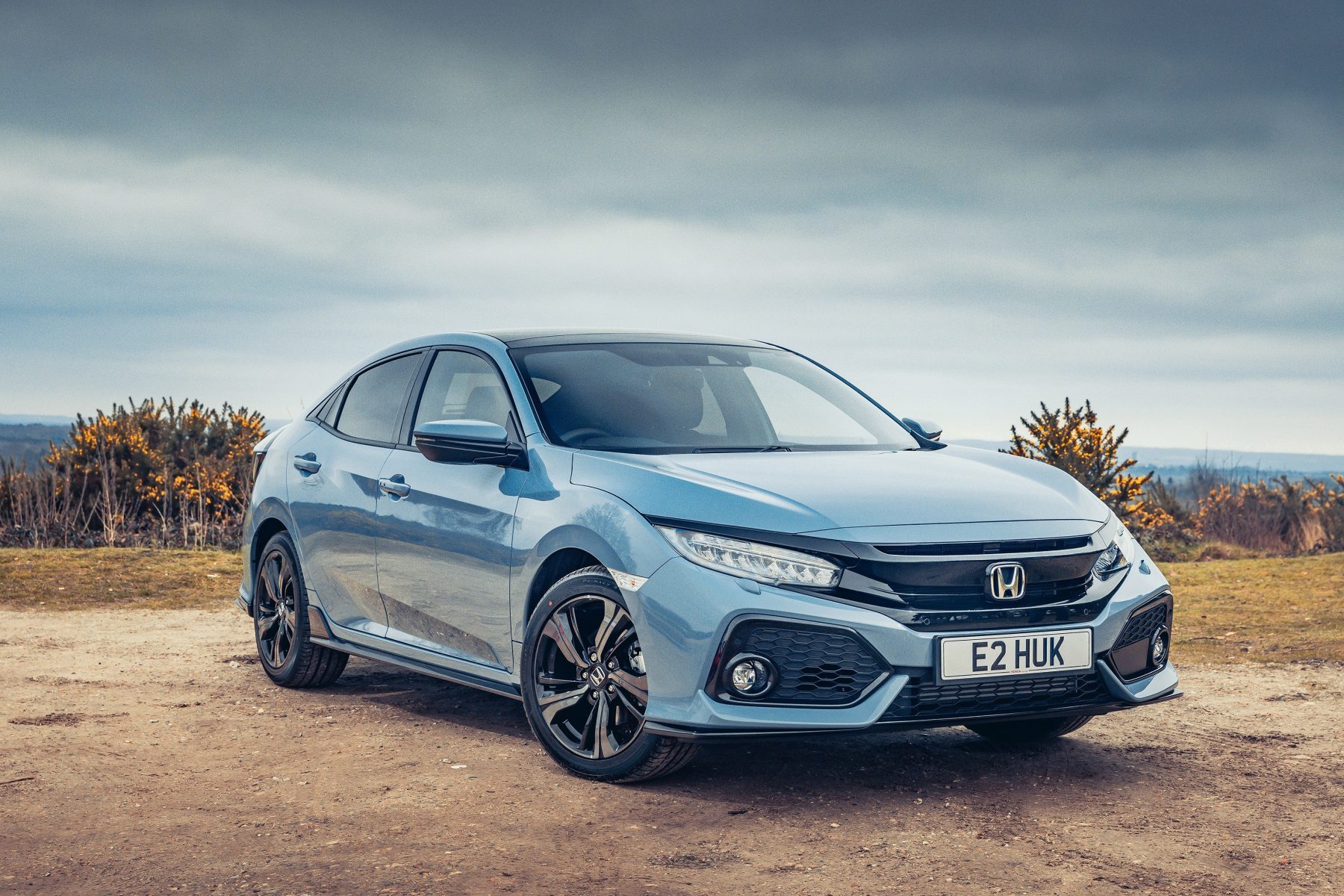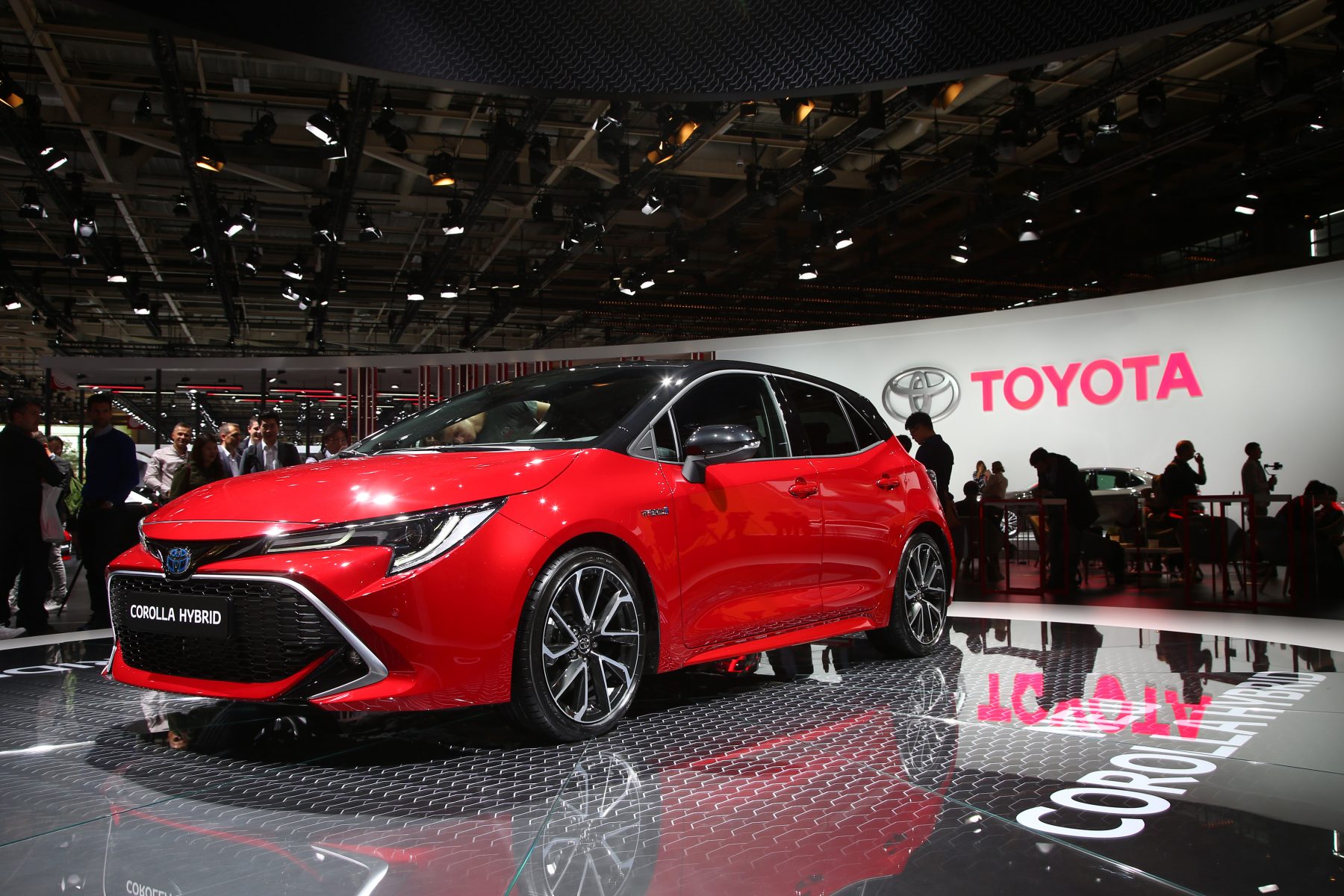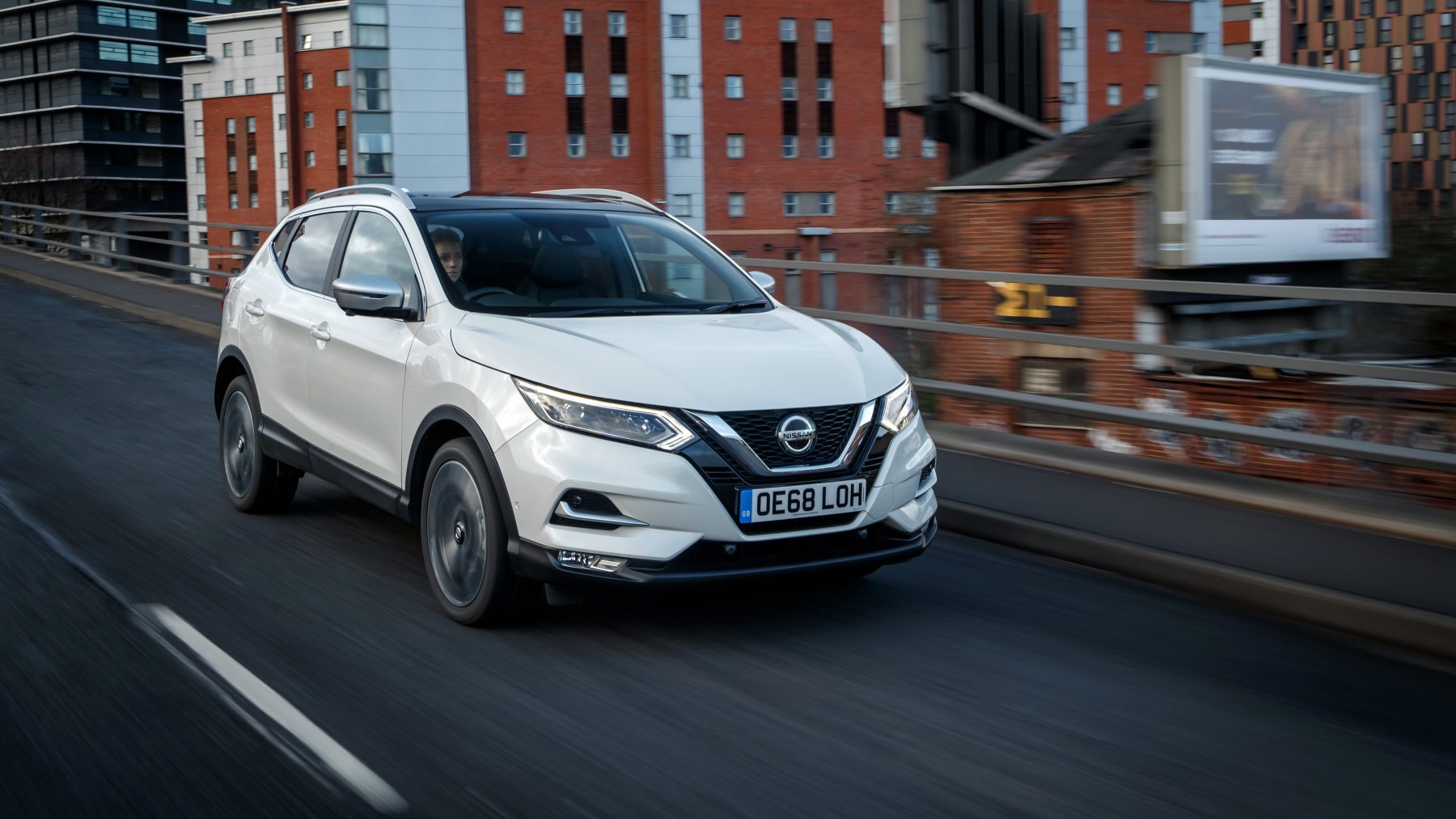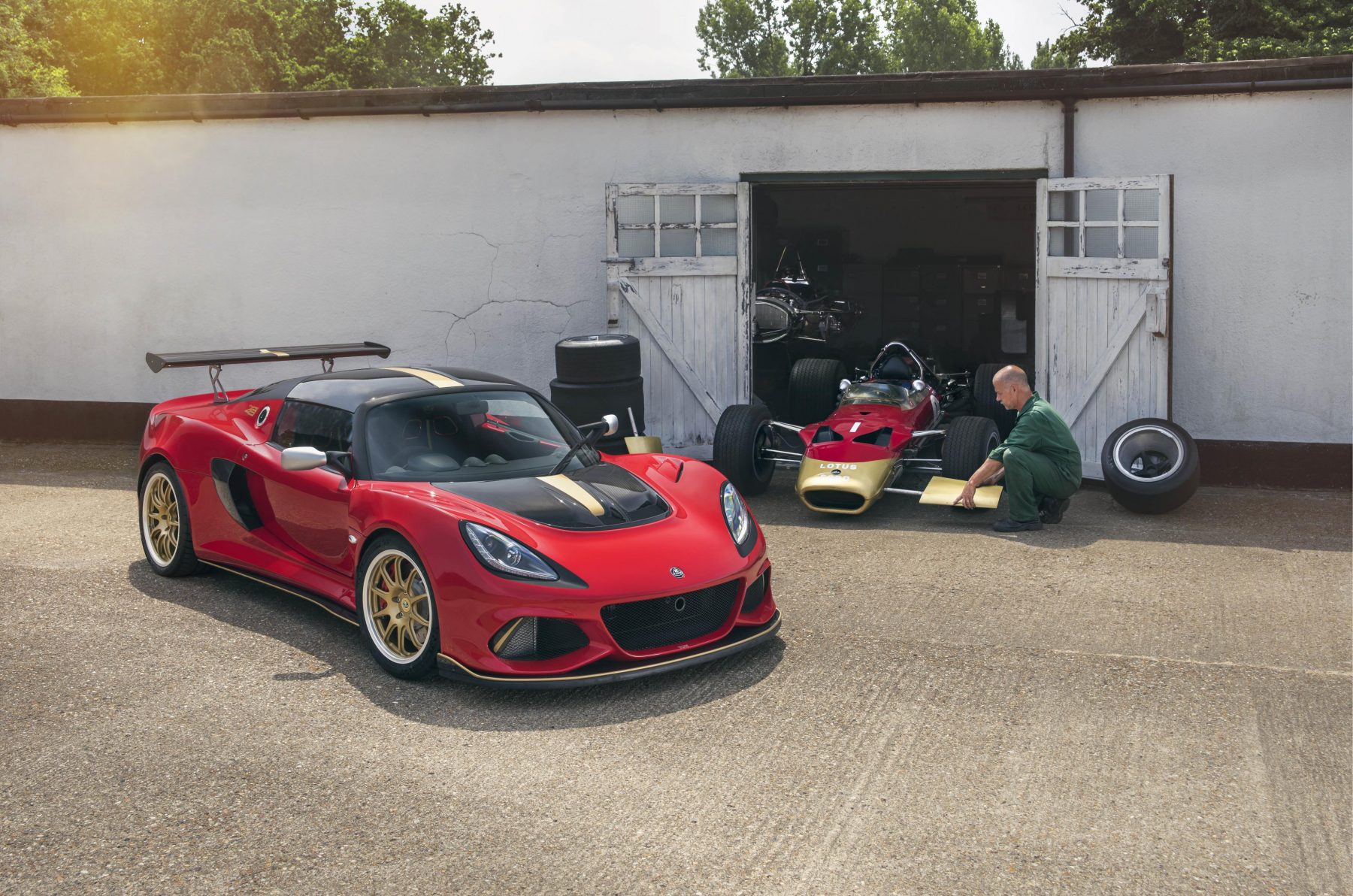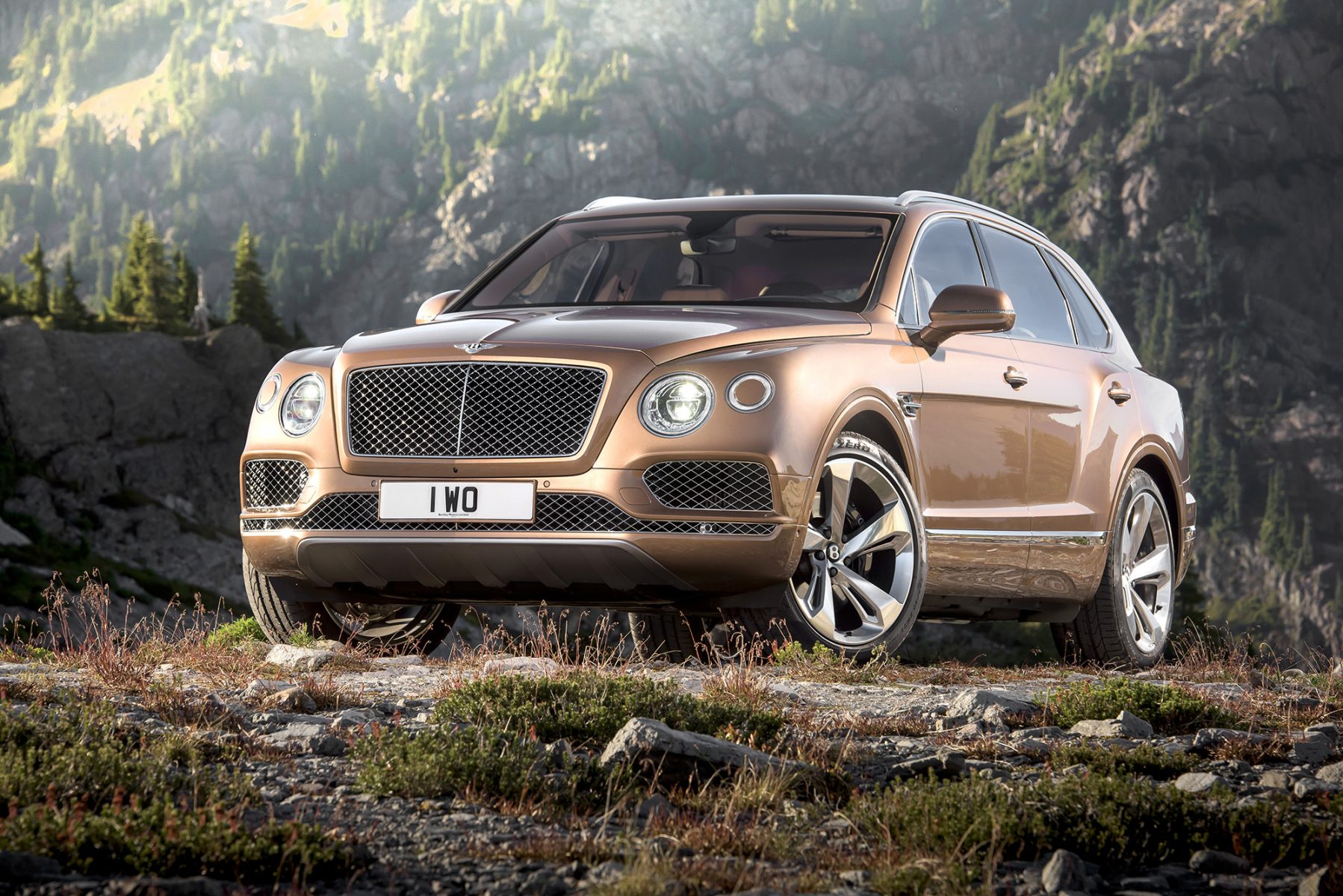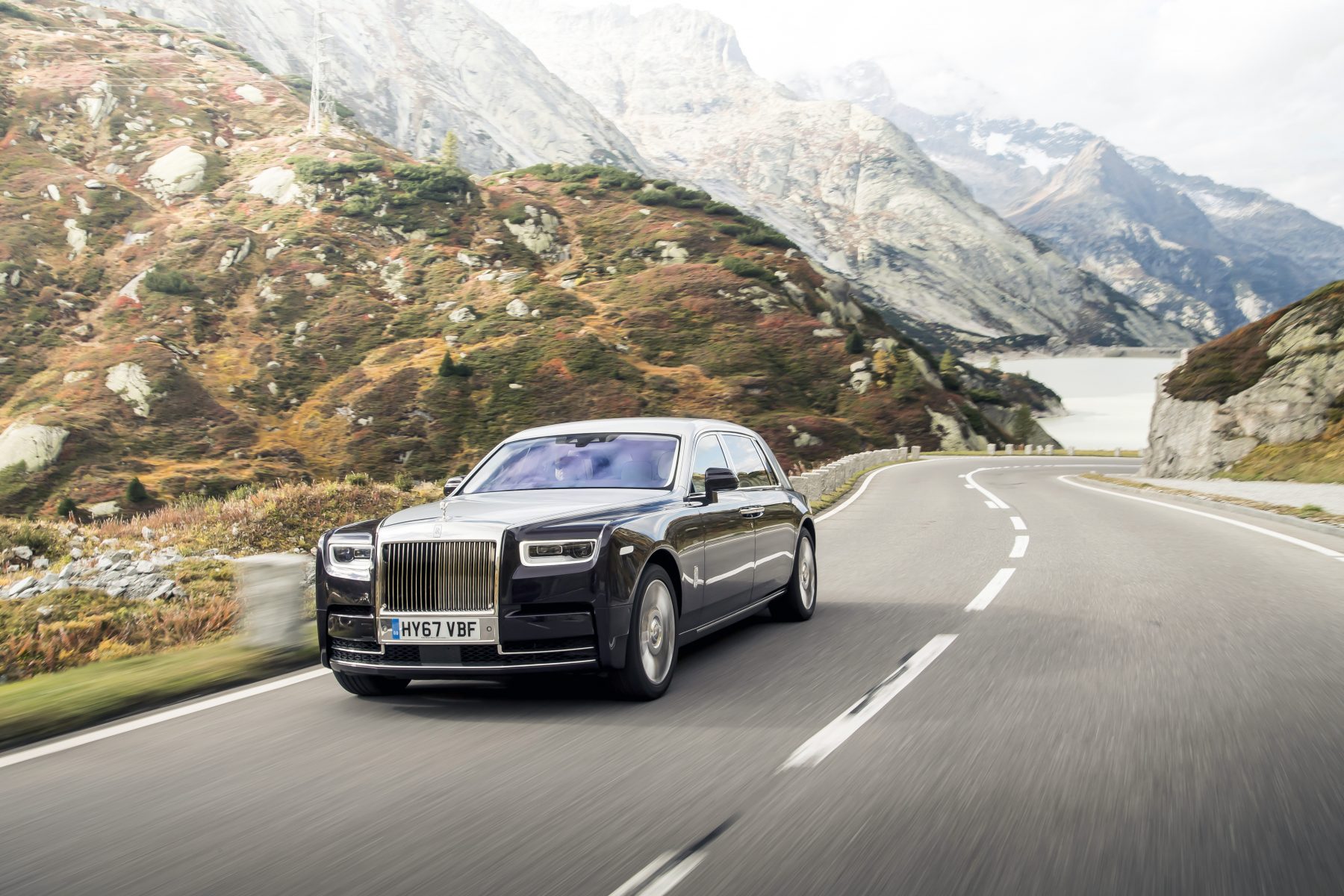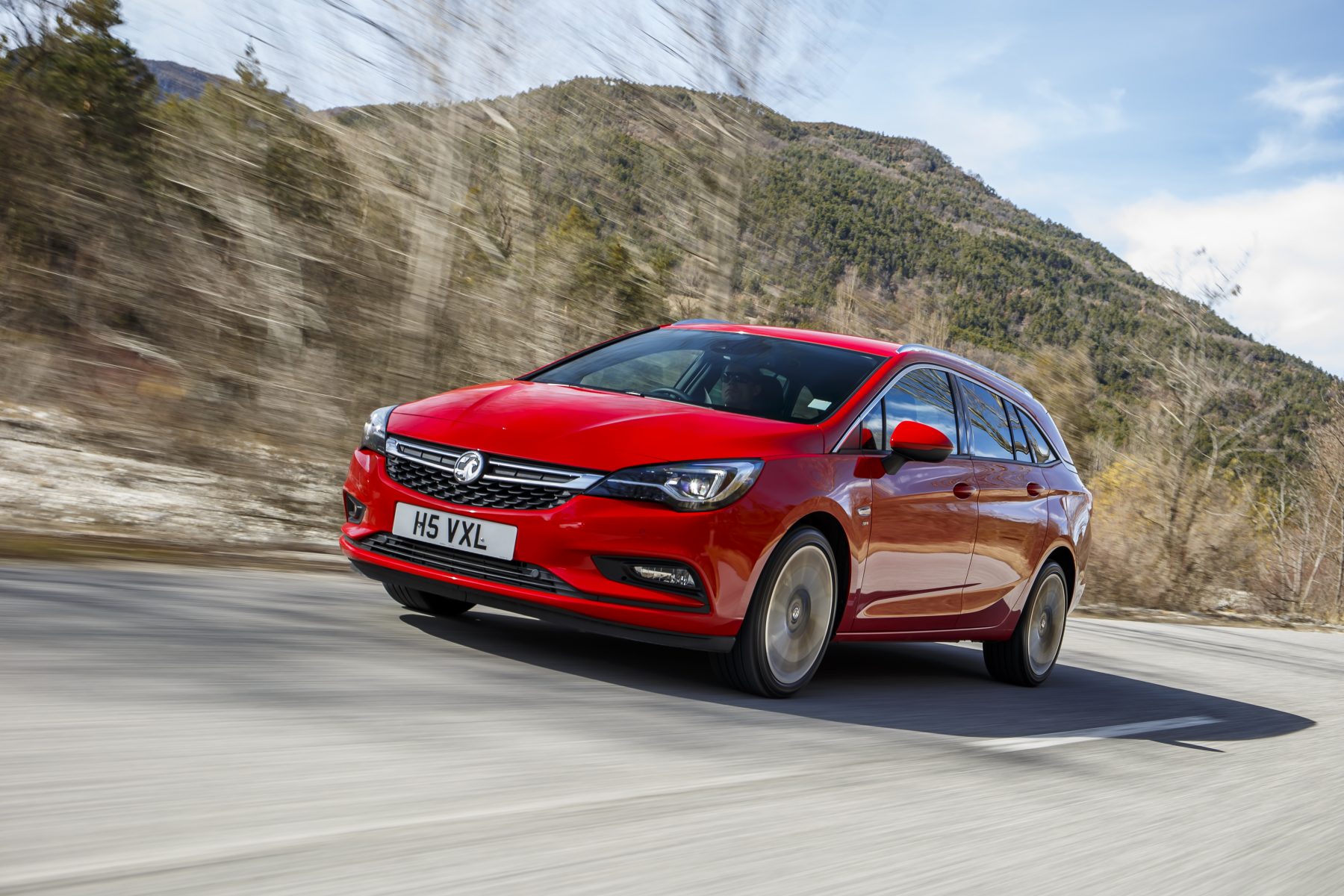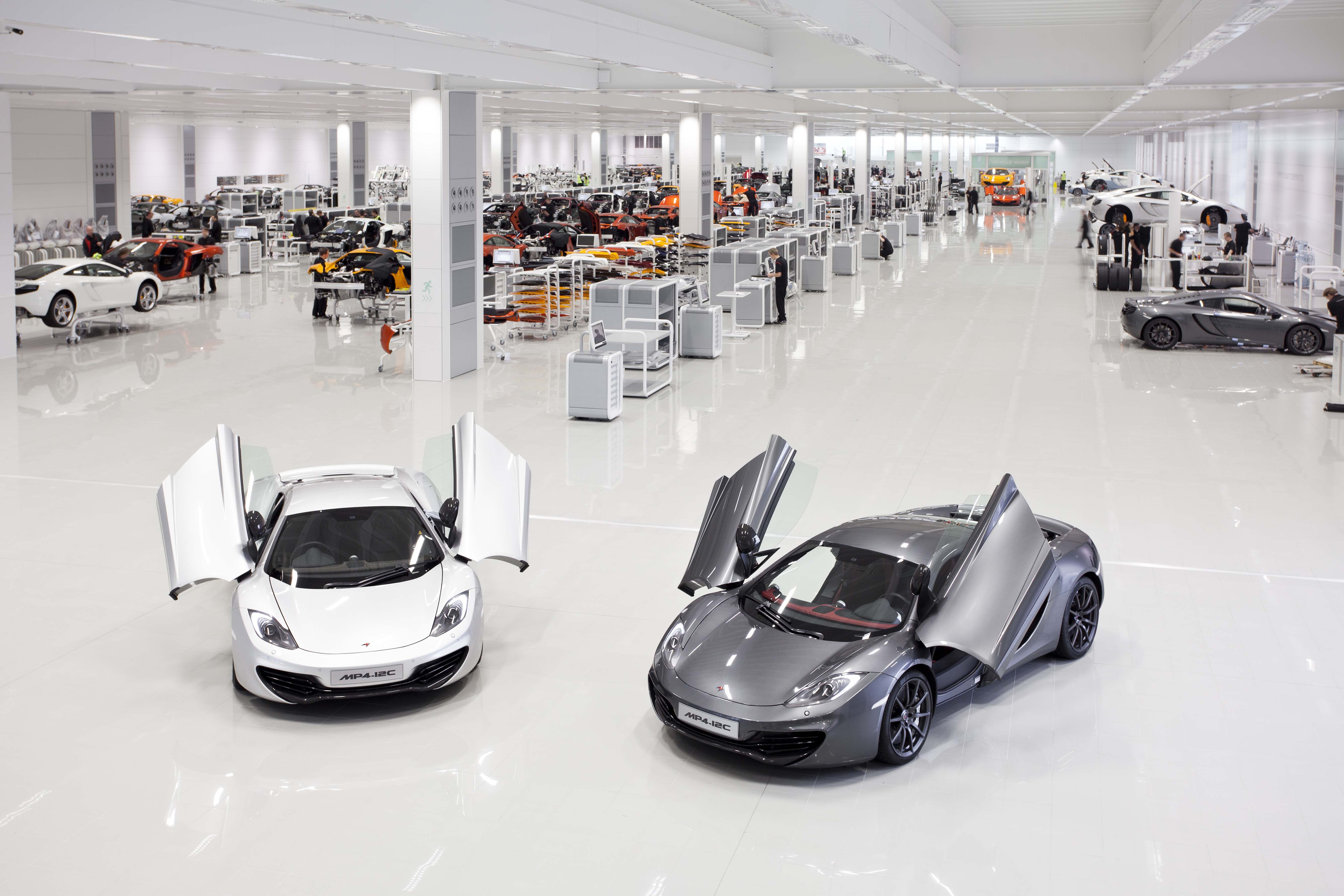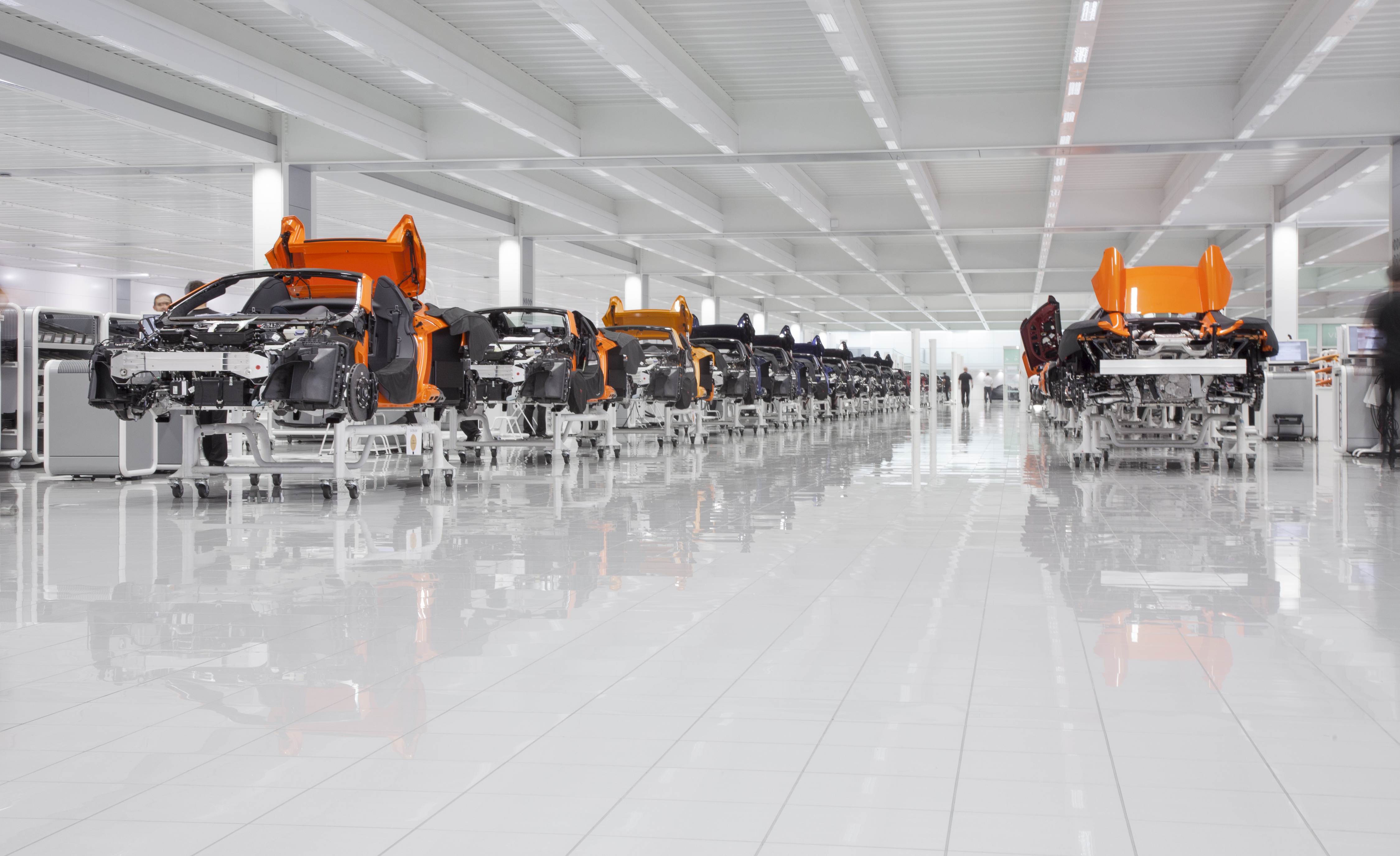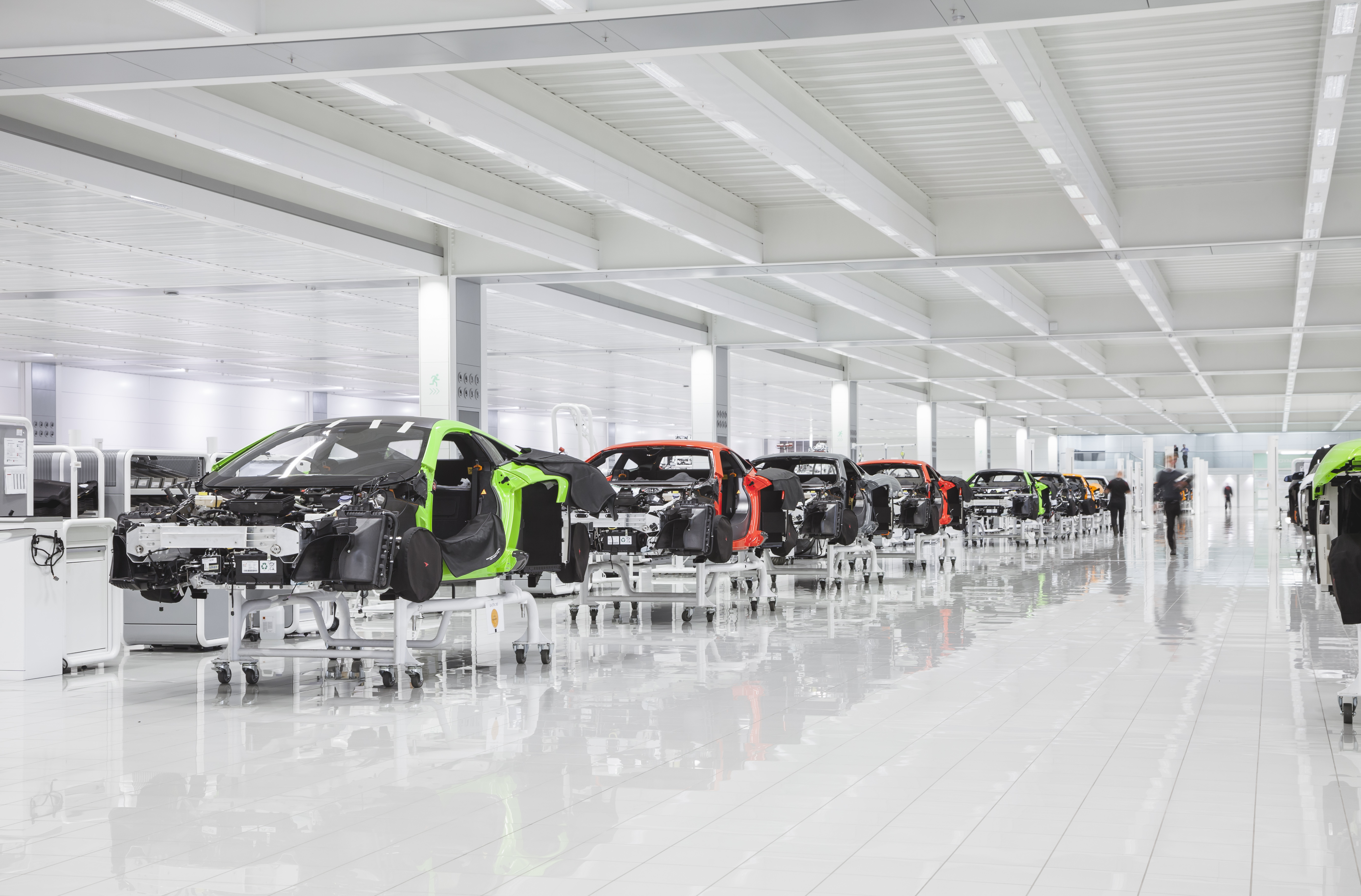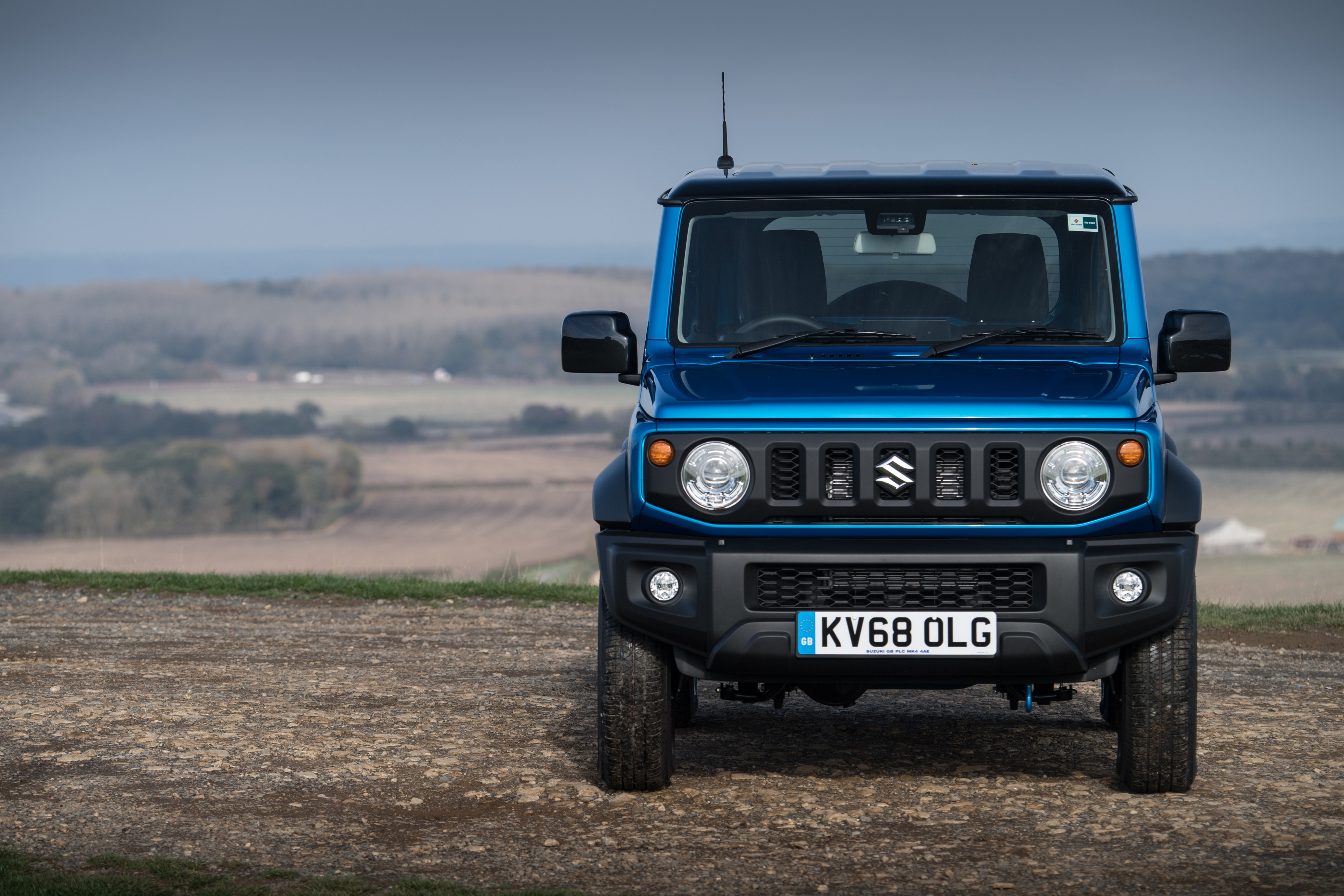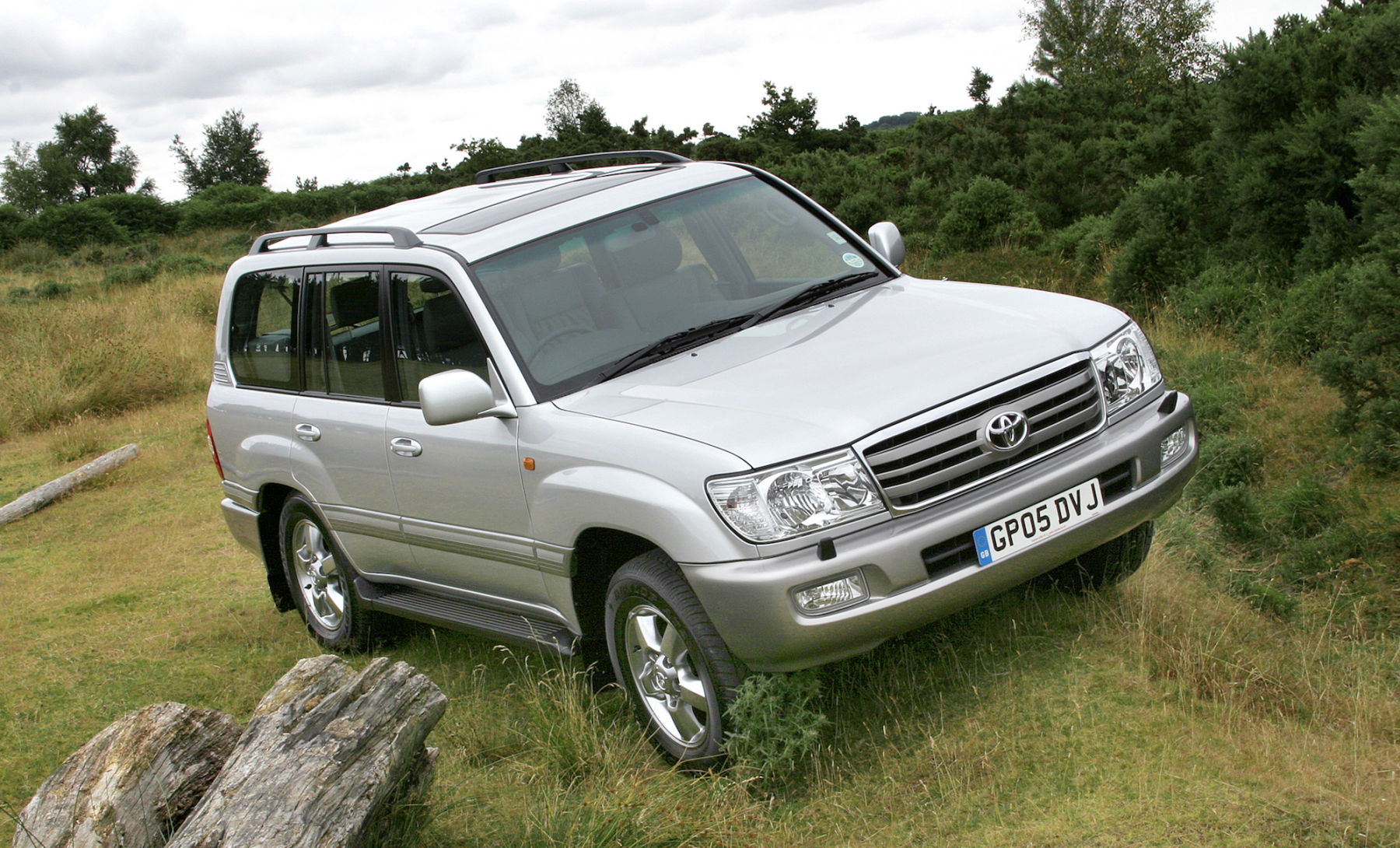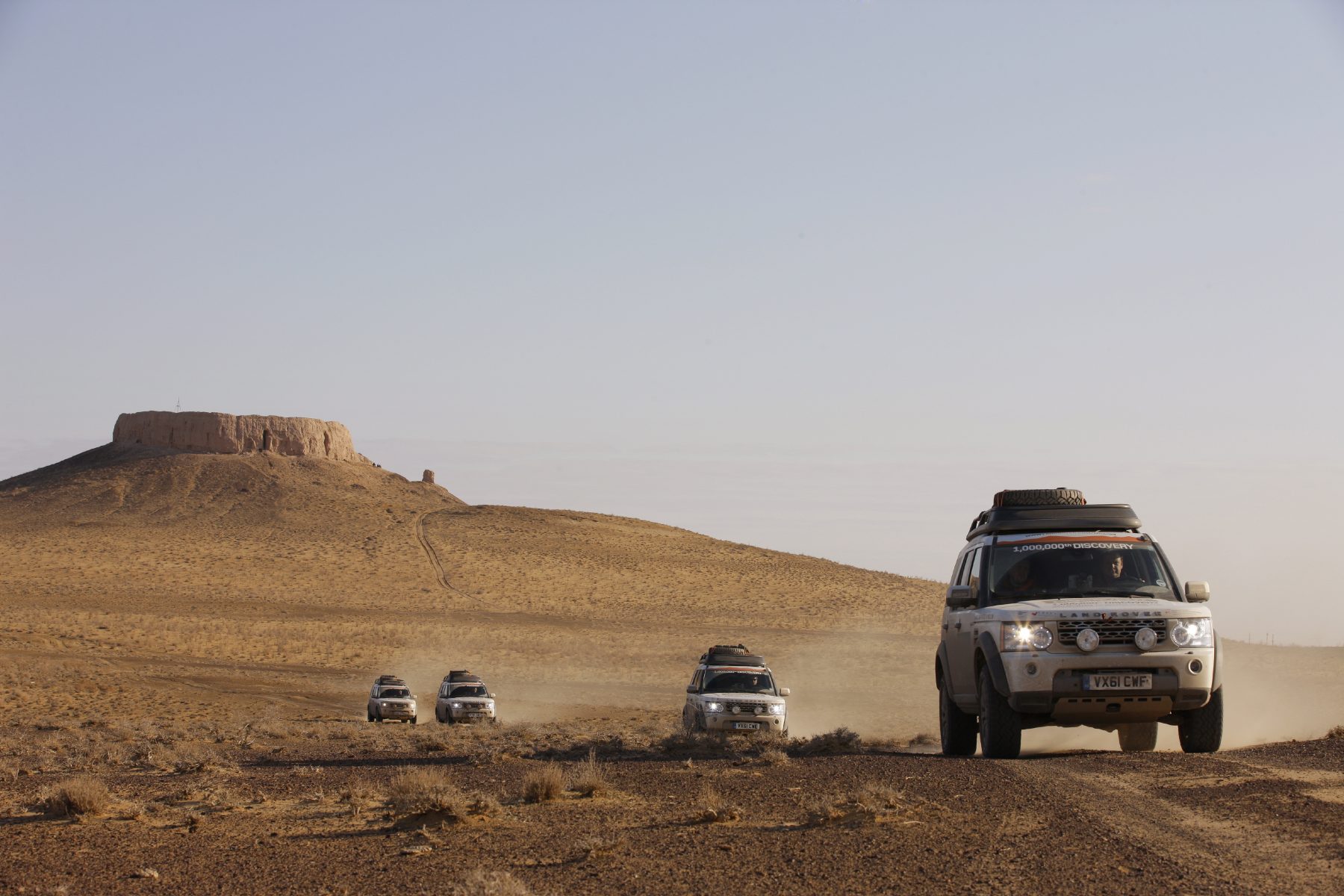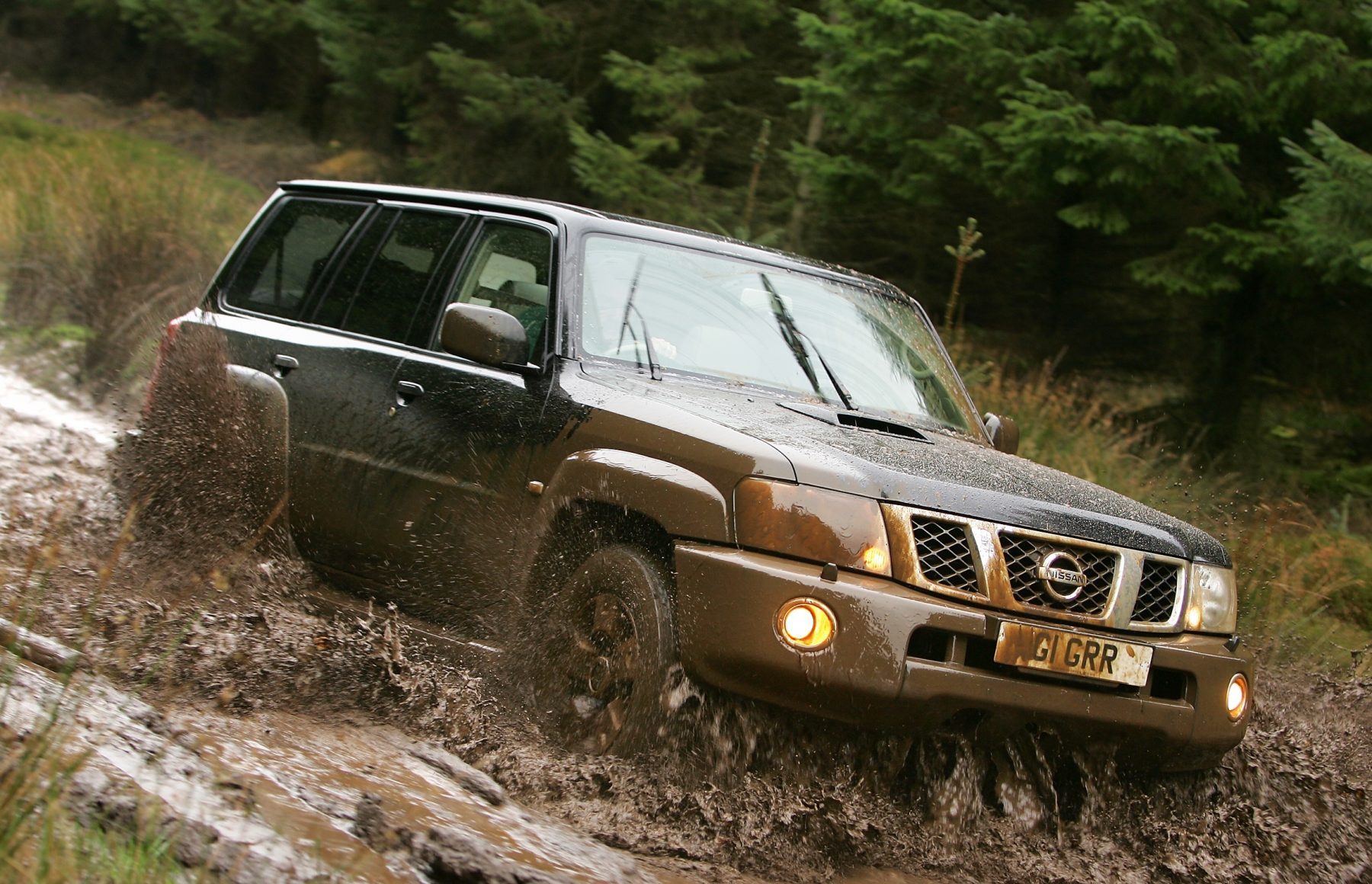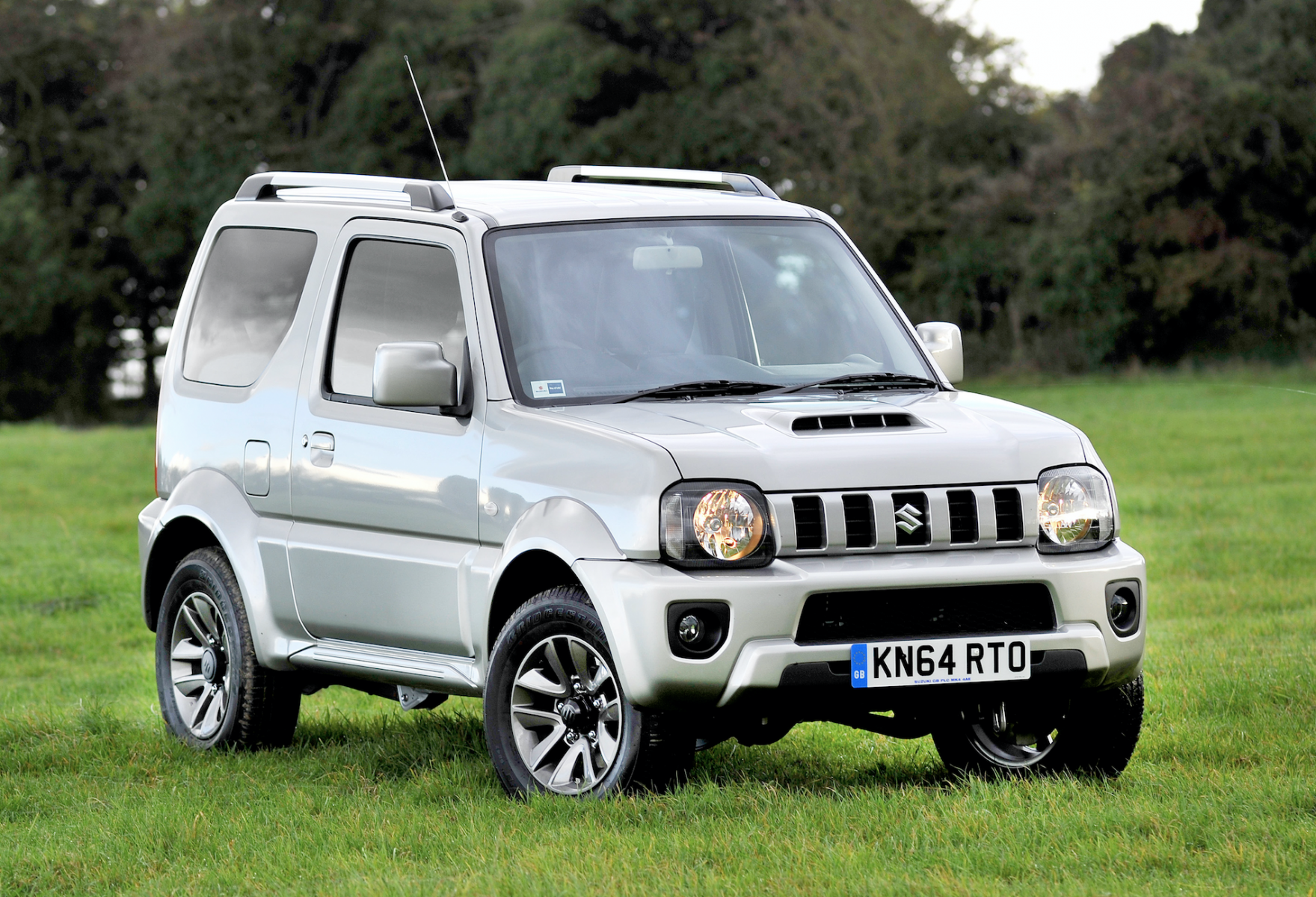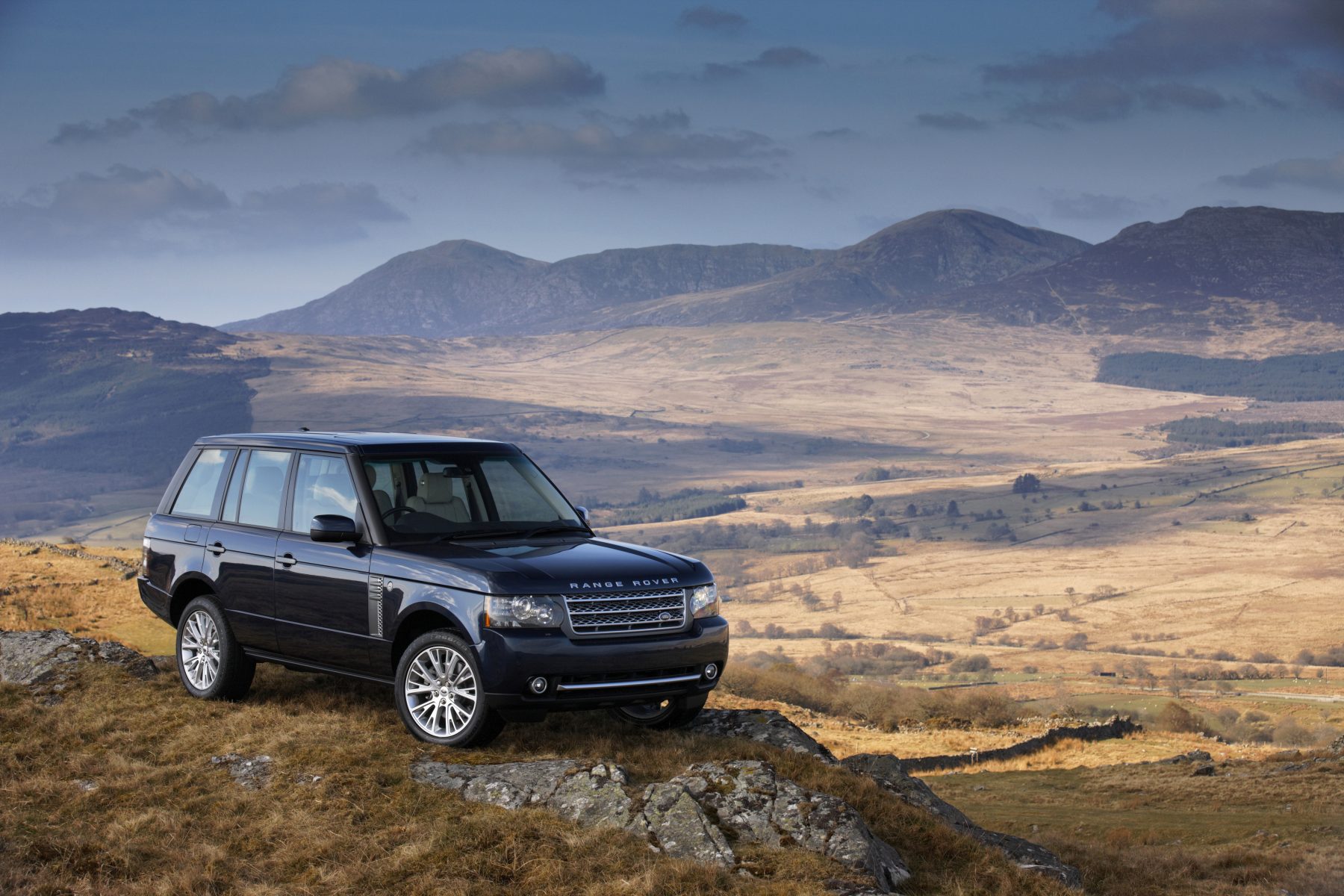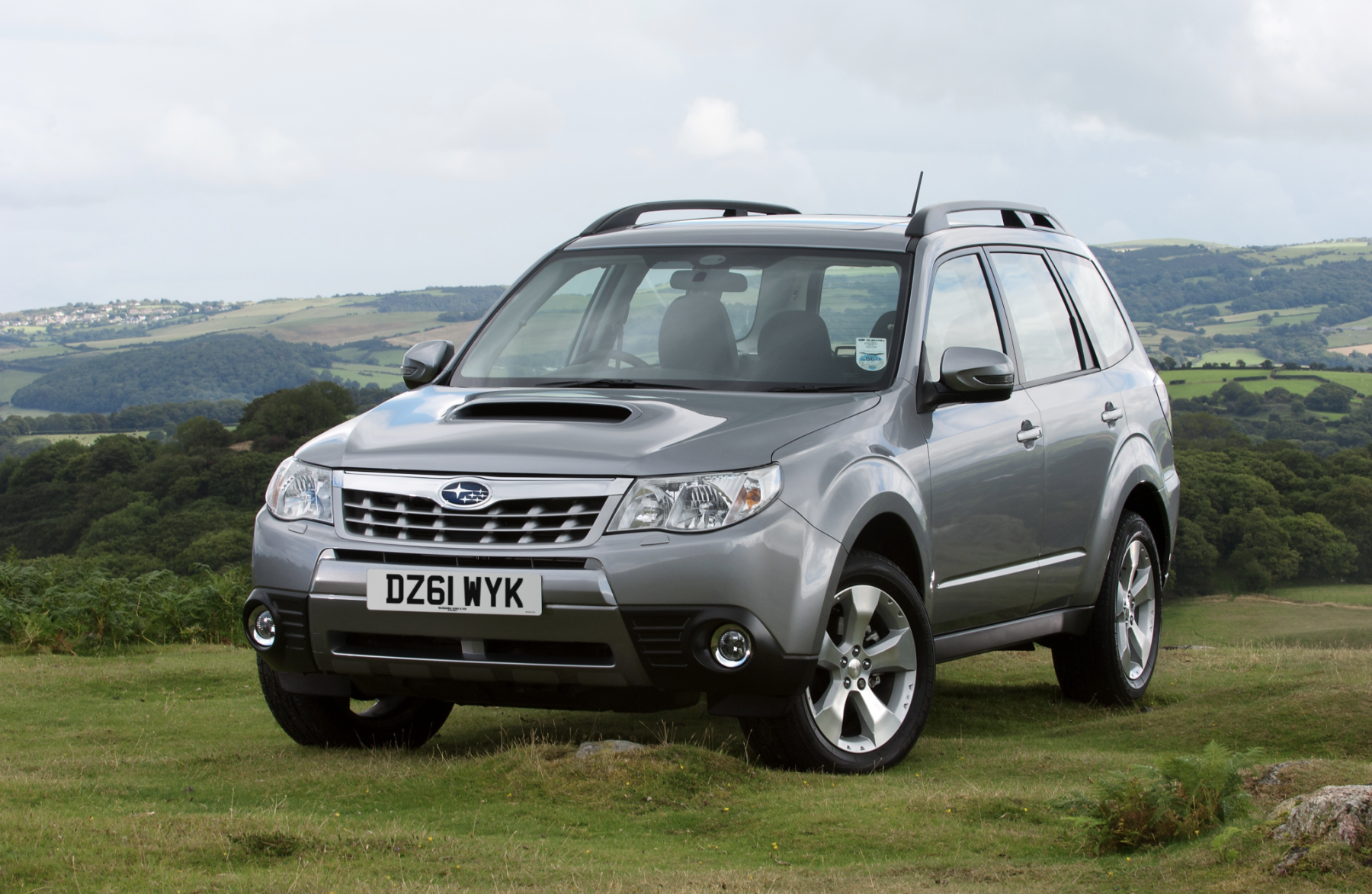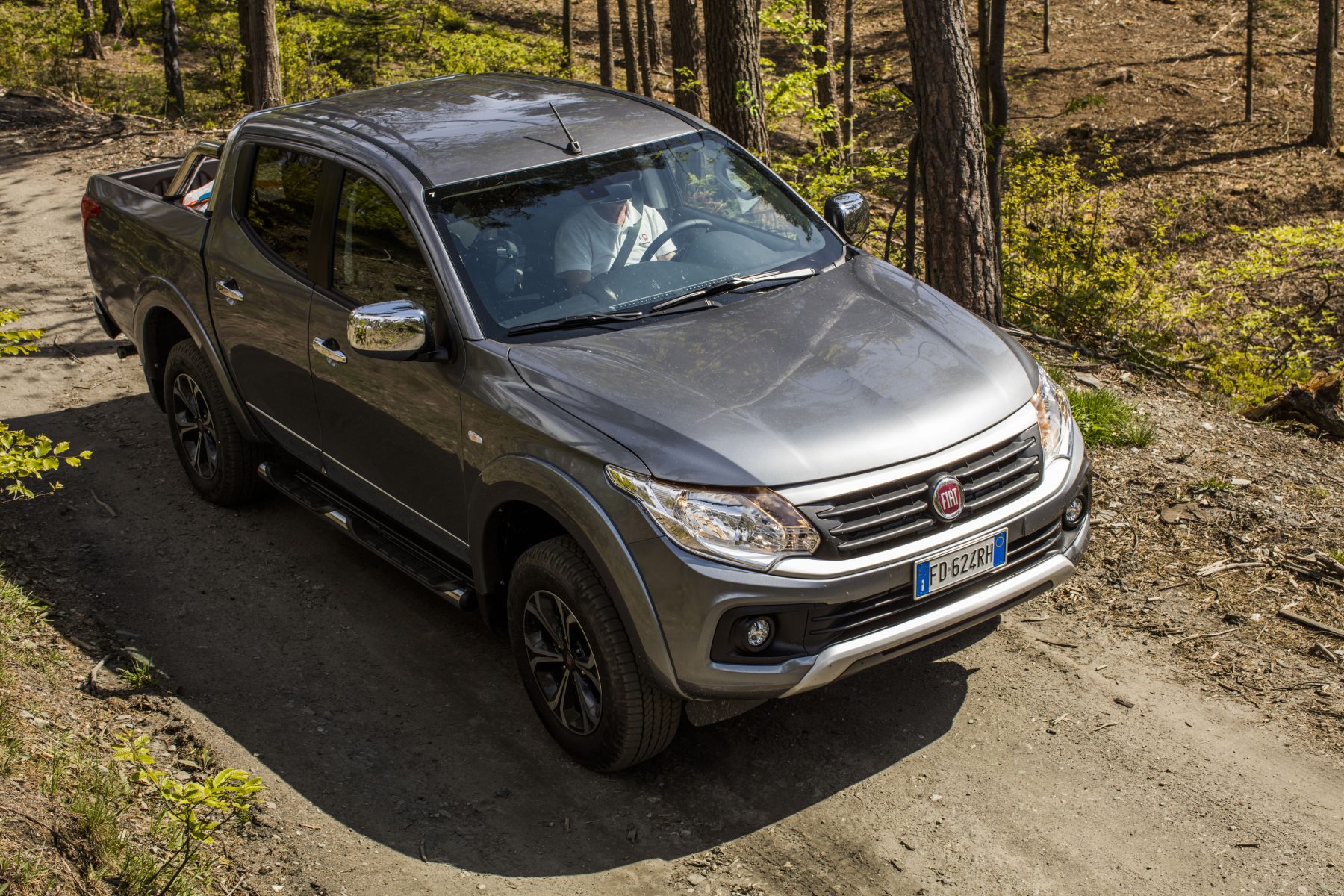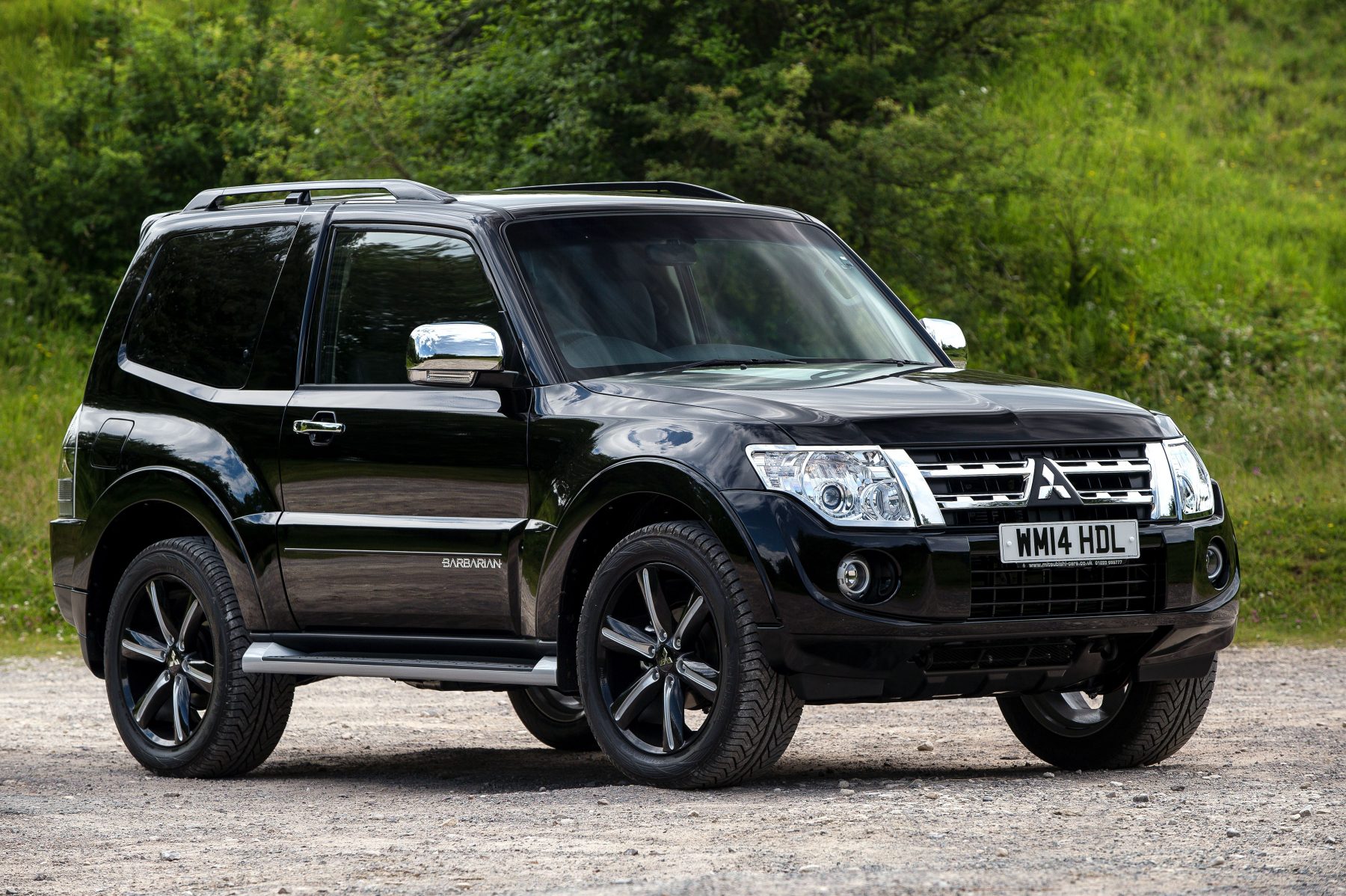What is it?
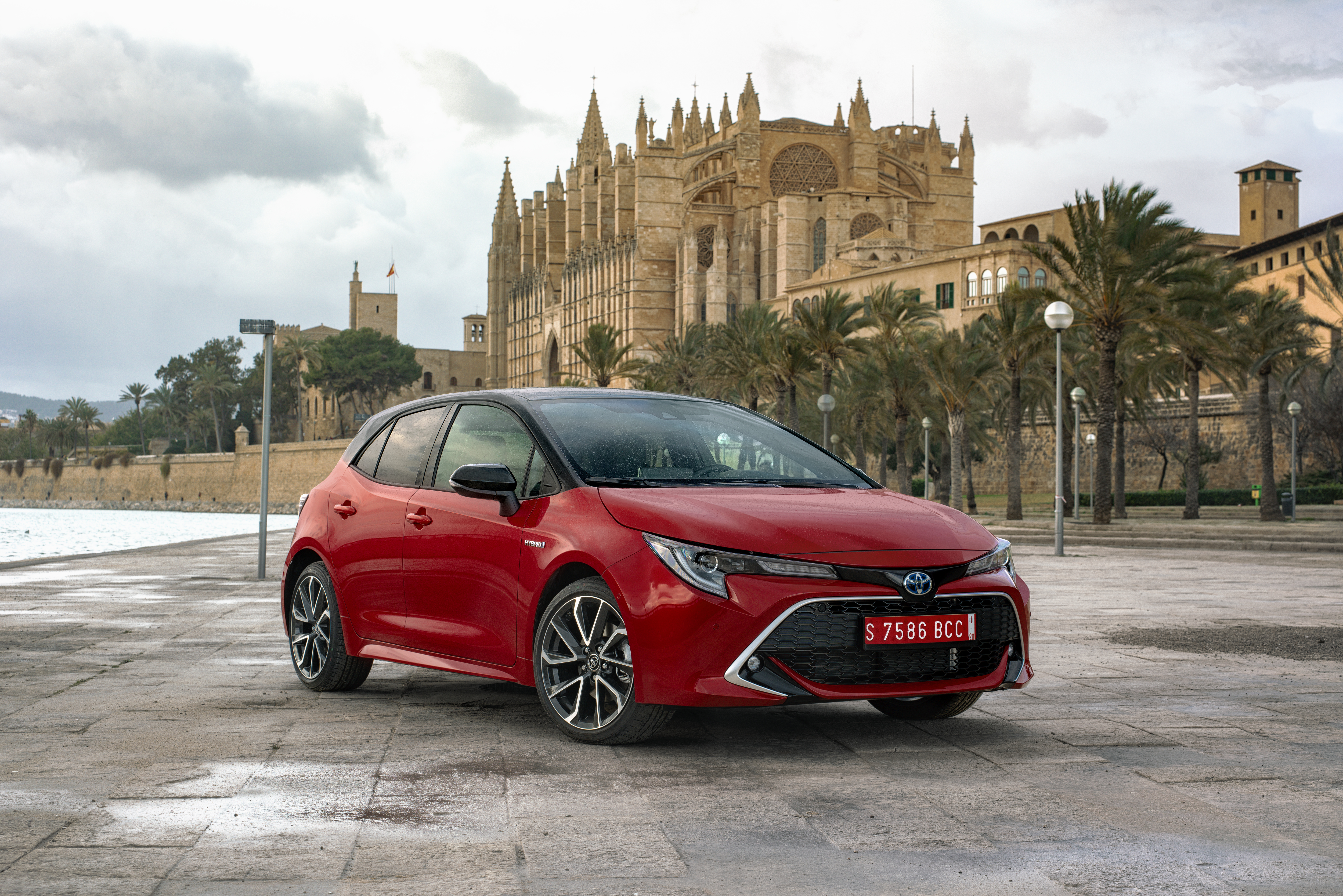
“No more boring cars” was the bold proclamation of Toyota president Akio Toyoda last year, but even the brand’s executives will admit the Corolla nameplate doesn’t exactly stir the soul. A reputation for unparalleled reliability and dependability the world over is a fine thing to have, but for the new 12th-generation model, Toyota’s chasing a bit more dynamism and soul.
The rebirth of the Corolla name is significant too, as it marks the first time since 2006 that Europe’s received the same C-segment car as the rest of the world – hence the death of the ‘Auris’ nameplate.
What’s new?
Vast quantities of Corolla today. First up, mid-spec 1.8 Hybrid in Touring Sports estate form. Looks sharp enough from the front. pic.twitter.com/kKnf8DvepY
— Tom Wiltshire (@mctreckmeister) February 13, 2019
In short, nearly everything. The new Corolla is based on the TNGA chassis platform, with the same underpinnings as the new (and impressive) Rav4 as well as its Camry and Lexus ES sister cars.
A choice of three body styles – hatch, estate (or ‘Touring Sports’) and saloon – gives plenty of choice for buyers, but those hoping for a diesel will be disappointed. Where a high-powered diesel would otherwise sit in the line-up is a new ‘high-performance’ hybrid powertrain. It’s Toyota’s first acknowledgement that buyers don’t necessarily want to sacrifice power and cruising comfort when they make the switch from diesel to hybrid.
What’s under the bonnet?
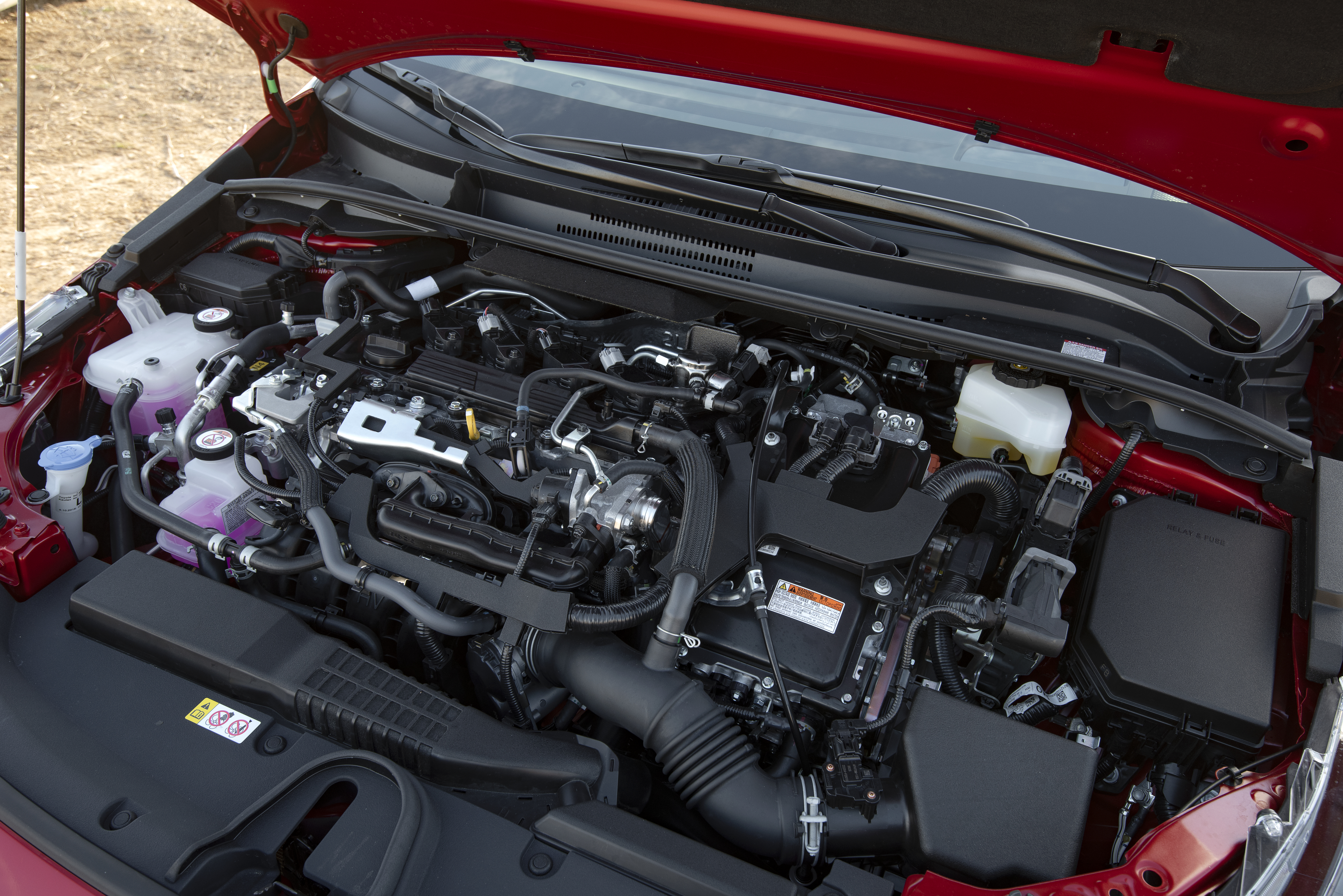
The bulk of the engine line-up is hybrid – although a 1.2-litre turbocharged petrol remains at the bottom of the range, paired with either a six-speed manual gearbox or a CVT automatic.
Both hybrids are CVT-only, and the range kicks off with the same 1.8-litre powertrain as found in the current Prius. Its overall power output of 120bhp isn’t necessarily the issue, but accessing that power can be slightly painful – the CVT’s habit of sending revs spiraling at the merest twitch of the throttle soon becomes tiresome.
The 2.0-litre unit is far better, with its modest power increase making for a far more relaxed drive. Both hybrid powertrains are superb in town conditions, though – quiet, refined and with enough shunt off the line to keep up with traffic. They’re also very efficient, with NEDC CO2 figures as low as 76g/km.
What’s it like to drive?
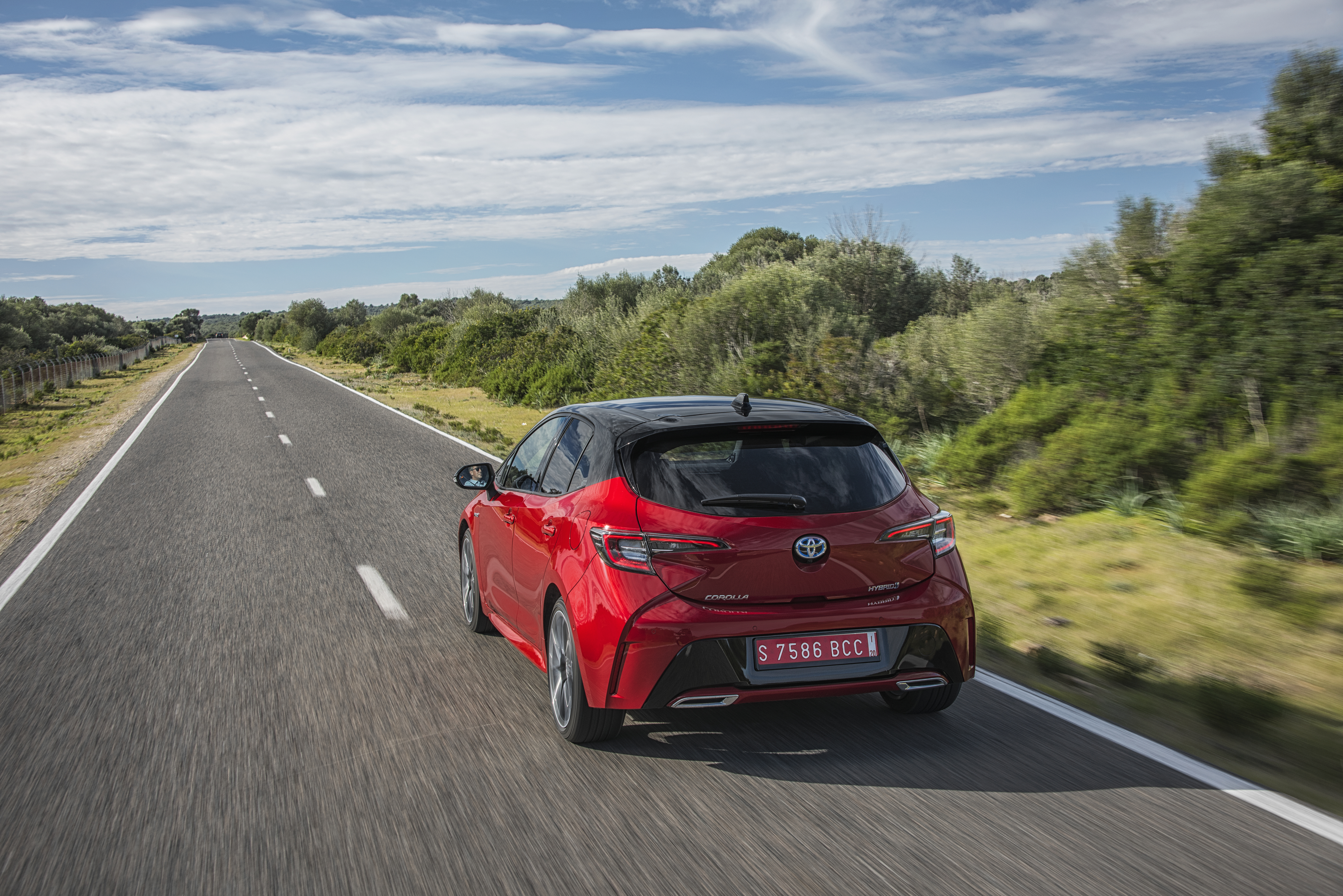
The old Auris was rather a dull steer, and although the Corolla is an improvement it’s definitely not going to give the Ford Focus a run for its money. The main issue is with the over-light and remote steering, which doesn’t inspire much confidence when pushing the Corolla into bends.
There are some good points, though. Body roll is well contained, and the Corolla hides its weight – even the bulky hybrid battery pack – when slinging it about in faster corners. It’s also fairly comfortable, likely thanks to its standard multi-link rear suspension on all models.
As a first for the Corolla, Toyota’s also fitted optional adaptive dampers, which allow the driver to choose between Sport and Comfort modes. In reality, the former is unlikely to get used much – the powertrain simply doesn’t encourage spirited driving.
How does it look?
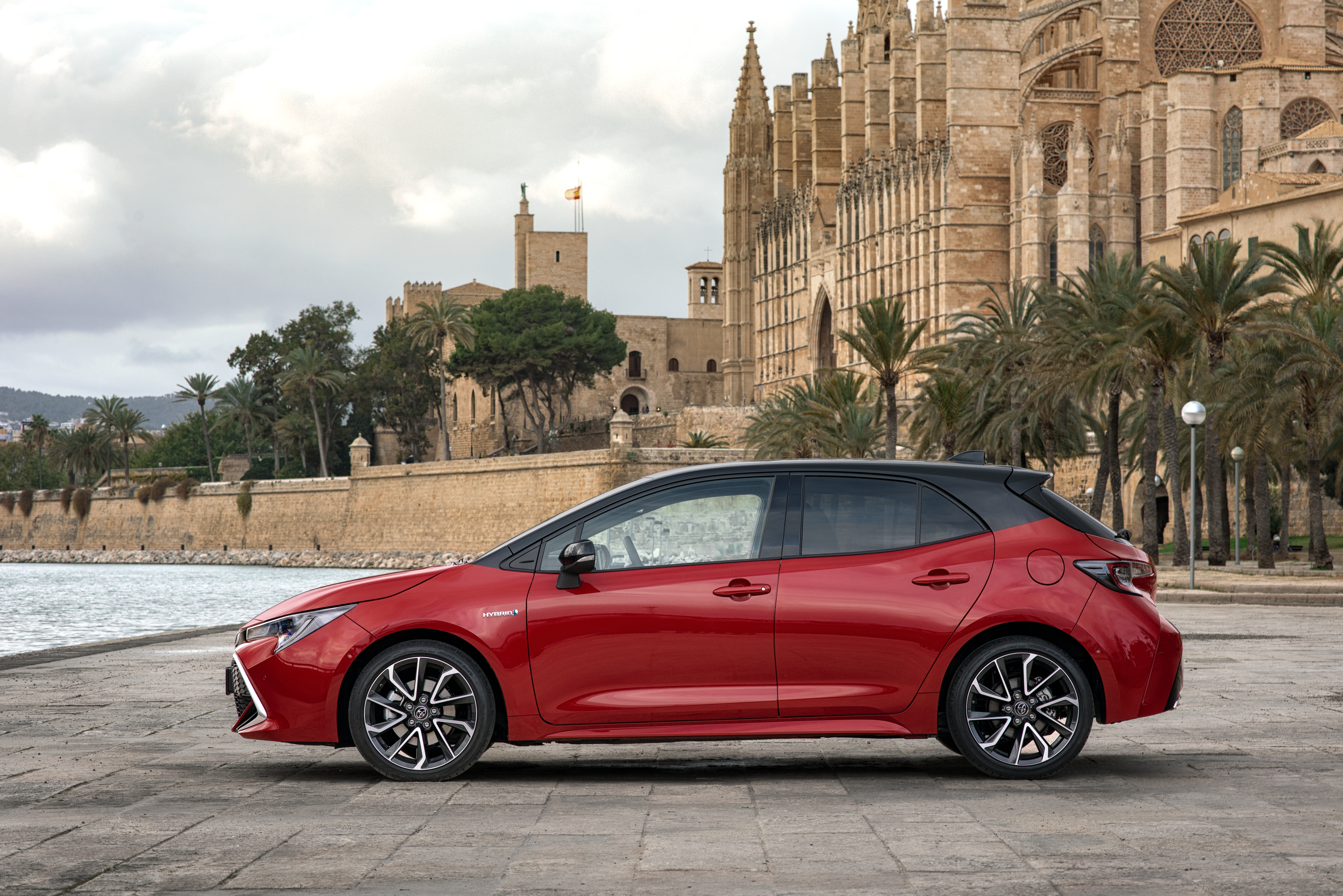
The Corolla uses a vast array of cuts and slashes to bring interest to its bodywork and the result looks pretty good – even if it doesn’t have the same classy simplicity as something like a Golf.
Nevertheless, the Corolla does accomplish something that others fail at – namely, its three body styles of hatchback, saloon and estate all look well sorted and like they were designed from the outset as such, rather than afterthoughts.
The Corolla’s tidy design looks best in one of the two top-tier trim levels – Design or Excel – mainly because of the larger alloy wheels on offer that tie the design together. Lower-spec Icon and Icon Tech look a little lost on their dinky 16-inchers.
What’s it like inside?
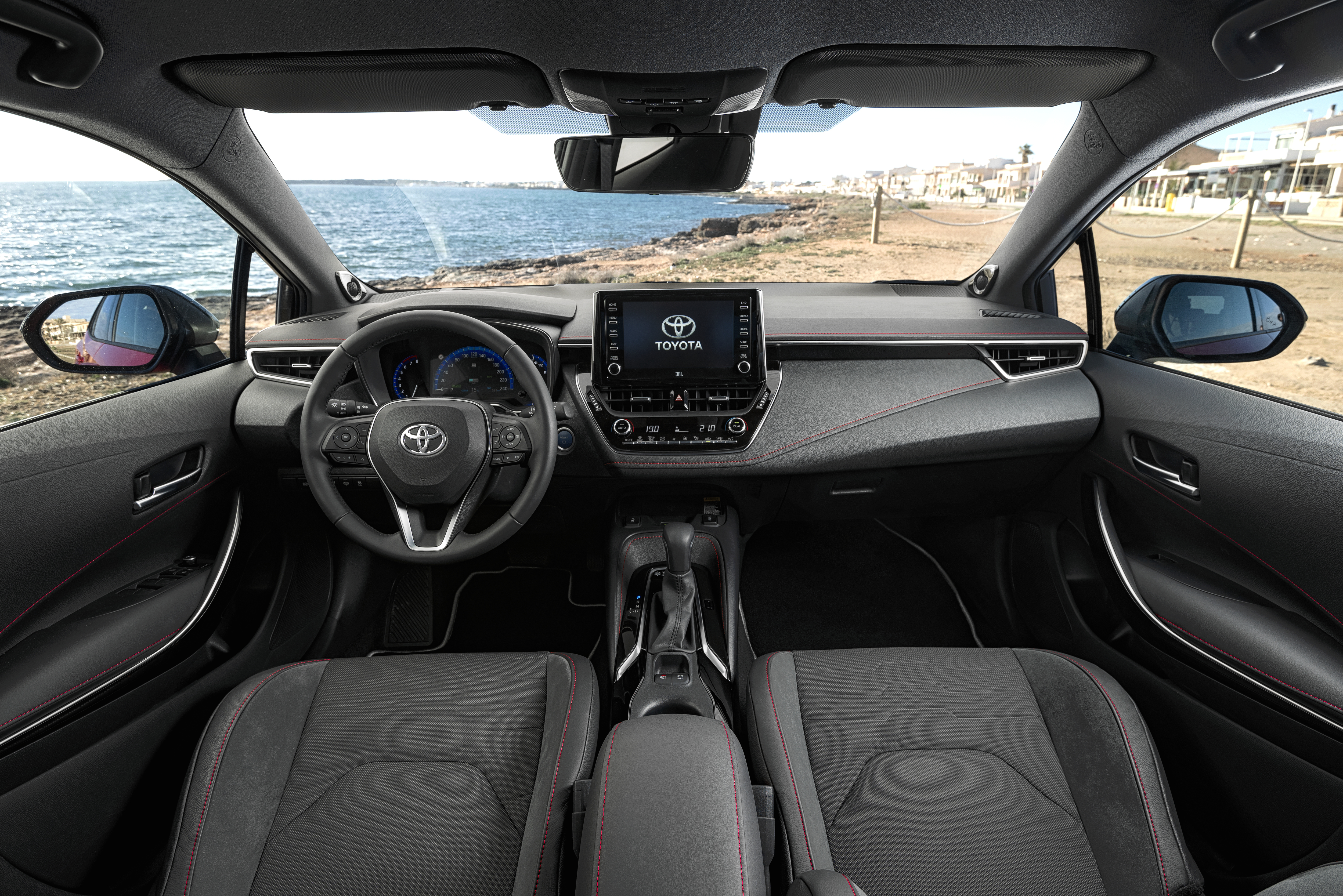
Toyota’s listened to customer feedback on the interior. Previous Auris owners complained about rear legroom, so it’s been extended to equal anything in the class bar the Skoda Octavia.
Buyers weren’t fans of the ‘joystick’-style gear selector either, so it’s been replaced with a more conventional – albeit less space-efficient – traditional automatic selector. Elsewhere, the car takes its fundamentals from the new Rav4, including the partially digital instrument panel and the eight-inch centre touchscreen.
The overall ambience in most models is a little dark and forbidding owing to the sheer amount of black plastic, but as with most Toyotas everything feels built to last. There’s plenty of adjustment to the driving position, visibility is good, and material quality is excellent – if not as plush as on a Volkswagen Golf. But you’d be kidding yourself if you said it was exciting.
What’s the spec like?
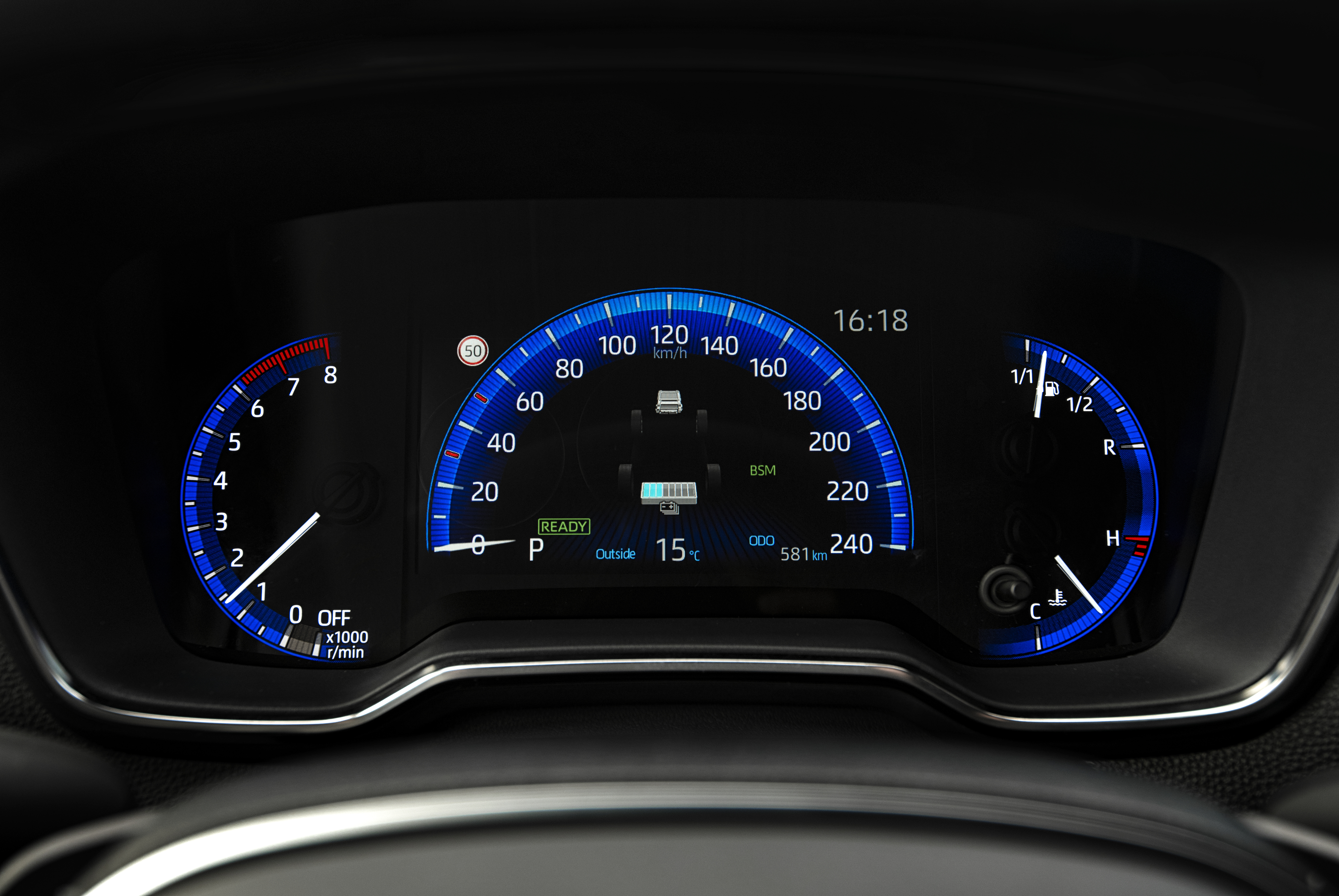
The Corolla starts at above £21,000 – slightly expensive by the class standards on paper but not at all when you look at the equipment bundled in. Chief among this is the inclusion of Toyota’s Safety Sense 2 pack on all models, which brings pre-collision alert, adaptive cruise control, lane-keep assist, auto high beam and road sign assist. You’d need to pay extra for most of these on all but top-spec models of the Focus or Golf.
LED headlights are also standard, as are dual-zone climate control, a reversing camera and that eight-inch infotainment system. For Icon Tech models, navigation and all-round parking sensors are added.
Next up is Design, with 17-inch alloy wheels, automatic wipers and mirrors, privacy glass and LED foglights, while range-topping Excel brings 18-inch alloys, matrix LED headlights, keyless entry and partial leather upholstery. It’s an impressive equipment list and one that definitely offsets the car’s slightly higher price. There’s still no Apple CarPlay or Android Auto, though.
Verdict
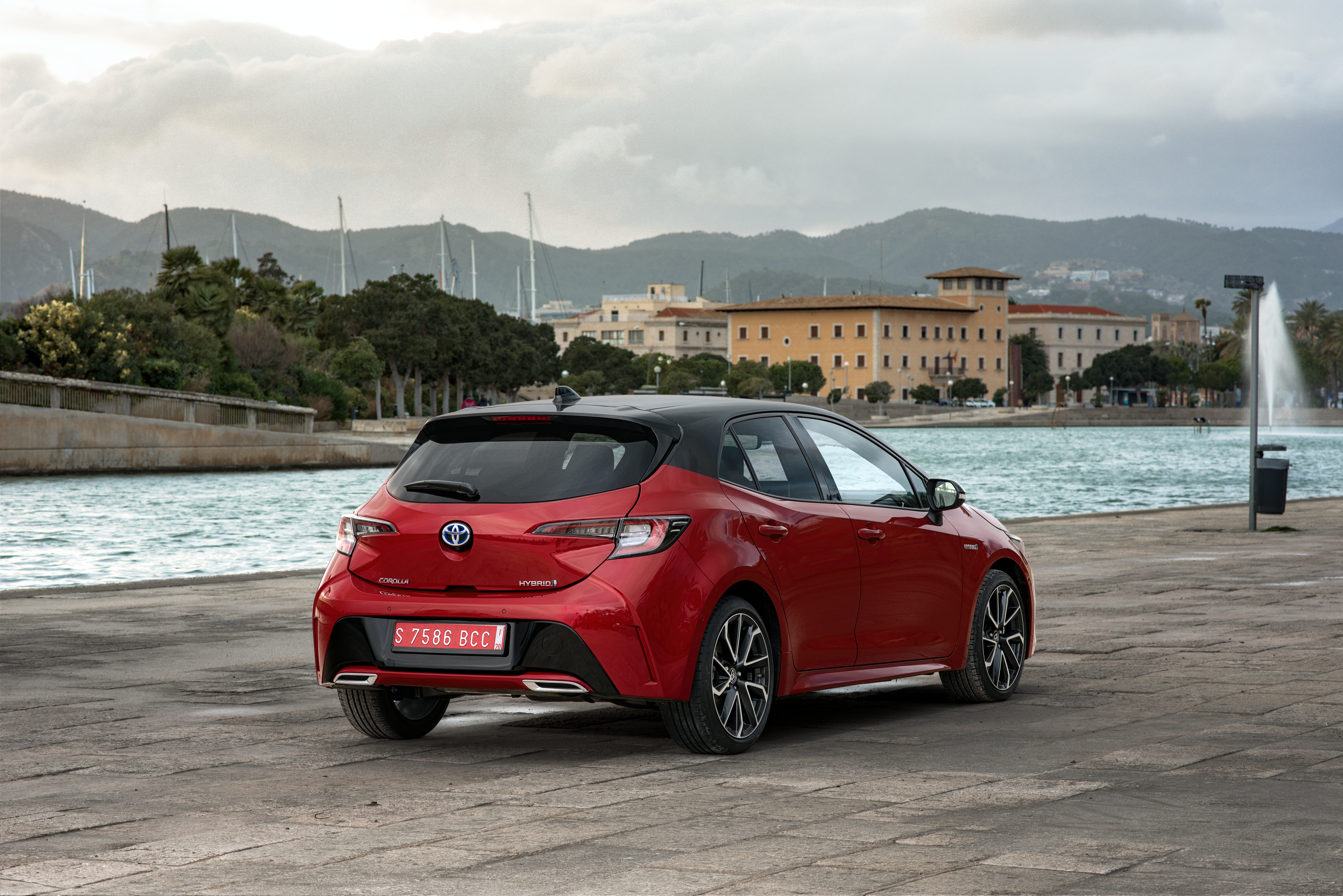
There are few surprises with the new Corolla, but is that such a bad thing? Toyota’s taken what the old car did very well – ease of driving, low cost of ownership and a reputation for reliability – and added a few key improvements that should attract plenty of new buyers. The high-powered hybrid powertrain is something of a novelty but it’s an excellent addition to the range, while generous equipment levels and all that safety kit are sure to be selling points. Business buyers should also find its running costs very attractive indeed, particularly with that super-low CO2 figure.

